Introduction to Chess without Castling
Chess, a game with a rich history dating back over a thousand years, is renowned for its complexity and depth. One of the fundamental rules of chess involves a move called castling. This rule allows a player to move the king two squares towards a rook on the player's first rank, then move the rook onto the square over which the king crossed. Castling serves multiple strategic purposes: safeguarding the king, developing the rook, and connecting the rooks. However, imagining chess without the option to castle introduces a new dimension to the game, altering strategies, opening theories, and the overall dynamism of play.
Origins and Evolution of the Castling Rule
Castling was not always a part of chess. In the original version of the game in India, Chaturanga, and the subsequent early European version known as Shatranj, the move did not exist. Castling was first introduced in Europe in the 15th century to speed up the game and enhance the safety of the king. This new rule profoundly changed the game's strategy, creating a shift towards more dynamic and complex gameplay.
How Castling Influences Chess Strategy
Traditionally, castling has two strategic implications - it serves as a safeguard for the king against attacks in the middle game, and it plays a crucial role in rook development for the endgame. These strategic elements dictate numerous standard opening moves seen in classical chess games. Without the ability to castle, players must find new ways to develop their strategies for both king safety and rook activation.
Playing Chess without Castling
Removing the ability to castle from chess dramatically shifts how players approach the game. From the opening to the endgame, each phase of the match is affected.
Opening Strategies in Non-Castling Chess
In traditional chess, many openings rely on quick castling to safeguard the king. When castling is removed, players must prioritize the safety of the king using alternative methods. This situation can lead to slower development of other pieces as more moves are dedicated to king safety. Openings may become more conservative, with players opting for piece setups that inherently protect the king.
Middle Game Dynamics
The middle game in chess without castling can be more aggressive. With kings often remaining near the center, players might launch quicker and more direct attacks. This change can lead to chess games that are sharp and tactical, as opposed to the strategic and positioned games observed when castling is allowed. Furthermore, the importance of controlling the game's center increases, as the king’s vulnerability in this area is heightened.
Implications for Endgame
The absence of castling affects the endgame by often leaving rooks less active and the kings less secure. Players need to be more creative and meticulous in activating their rooks and ensuring their king's safety throughout the game. The pathways to rook activation might not be as straightforward as those in traditional chess, leading to a subtle yet intricate shift in endgame strategy.
Adaptations and Variants
Several chess variants and experimental games explore the dynamics of chess without castling. These adaptations offer players a chance to test their skills in a modified strategic environment, focusing more intensely on piece activity and direct protection strategies for the king from the game's outset.
Professional Reception and Challenges
The idea of playing chess without the option to castle has been met with mixed reactions among professional chess players. Some see it as a refreshing twist that challenges standard strategies and deepens tactical play. Others express concern that it might oversimplify the game or disrupt the balance and depth that centuries of theoretical development have achieved.
Conclusion
Exploring chess without the castling rule provides a fascinating insight into how a single rule change can alter the landscape of a game as complex as chess. It pushes players to rethink foundational strategies and adapt to new challenges, highlighting the game's rich strategic fabric. Whether as an occasional alternative or a serious variant, non-castling chess offers both novices and seasoned players an intriguing twist to the timeless game.
Explore our large collection of luxurious chess sets!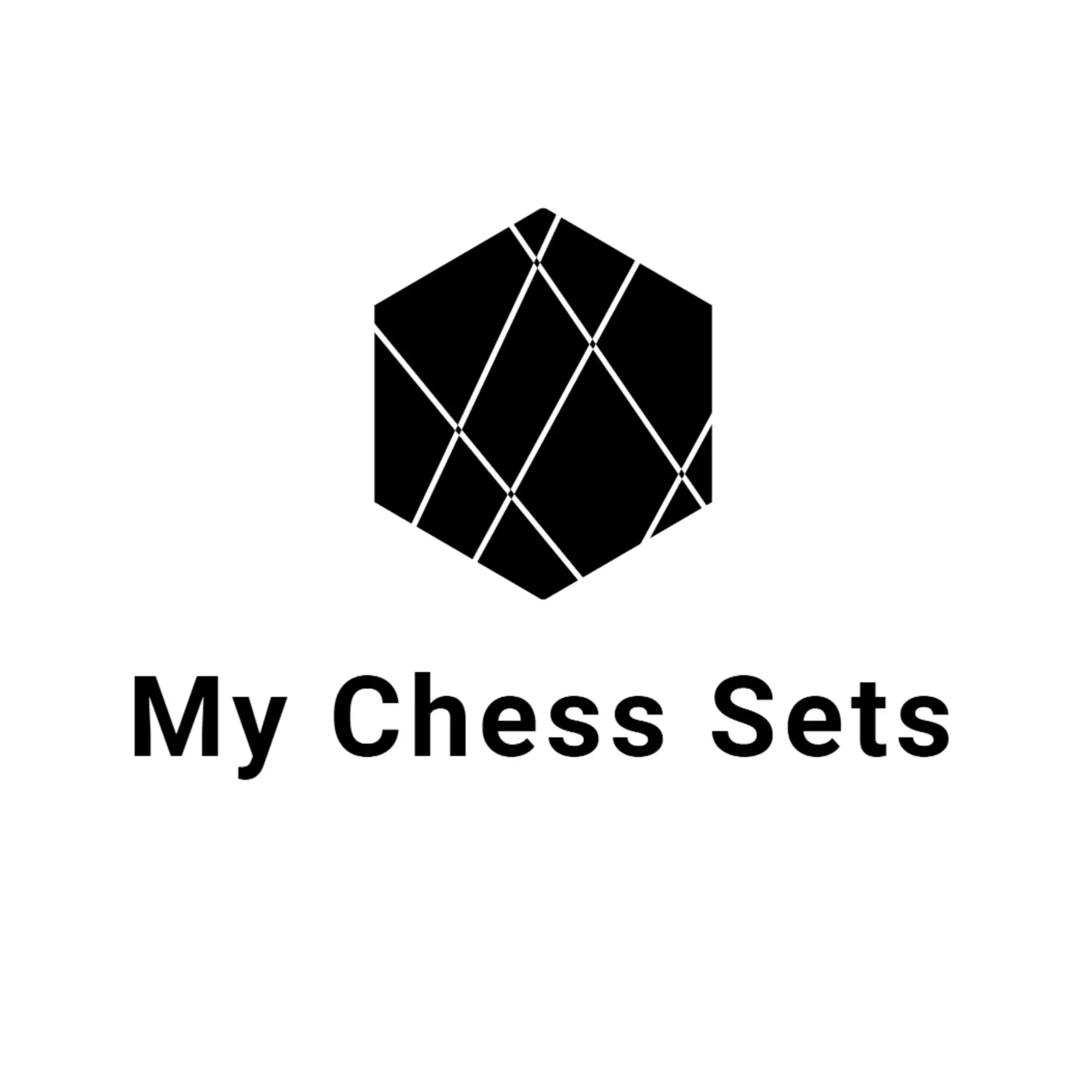

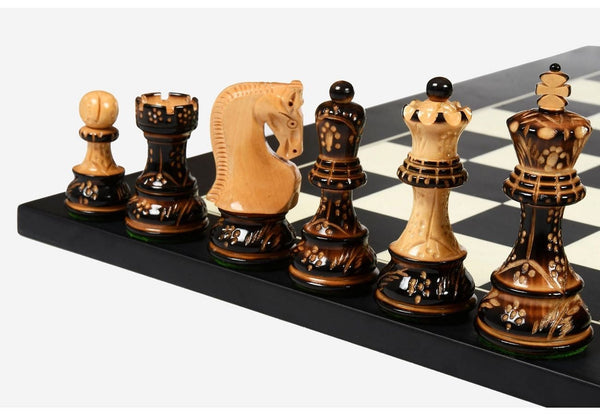

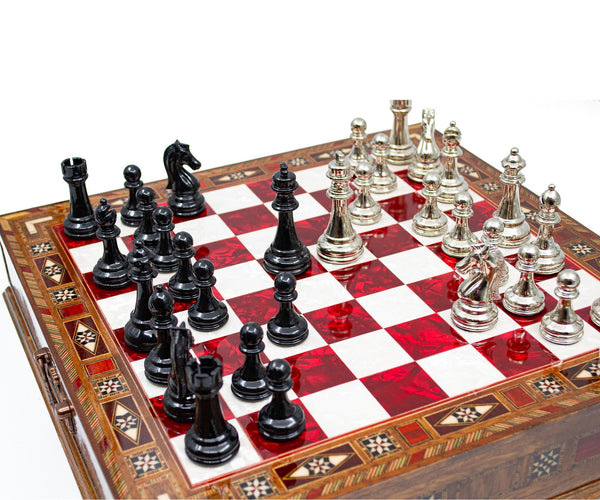
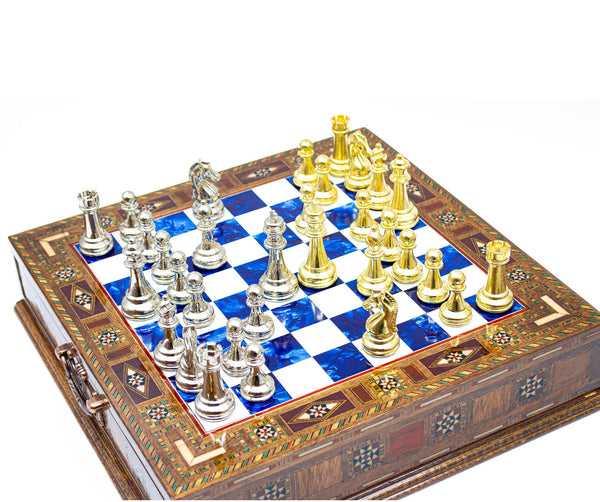
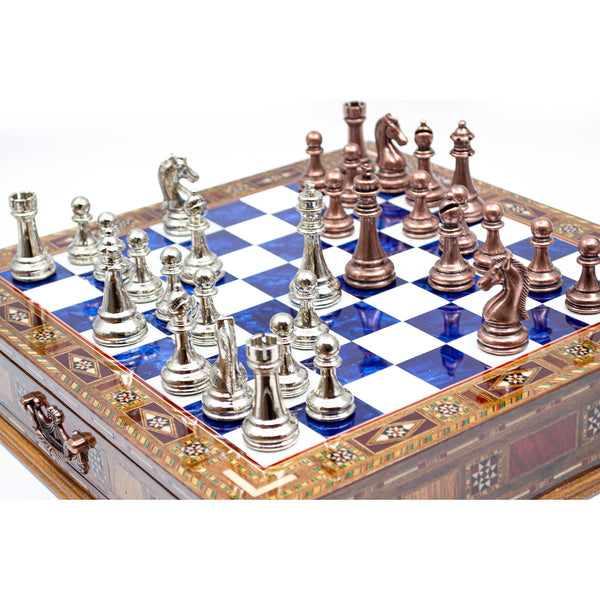
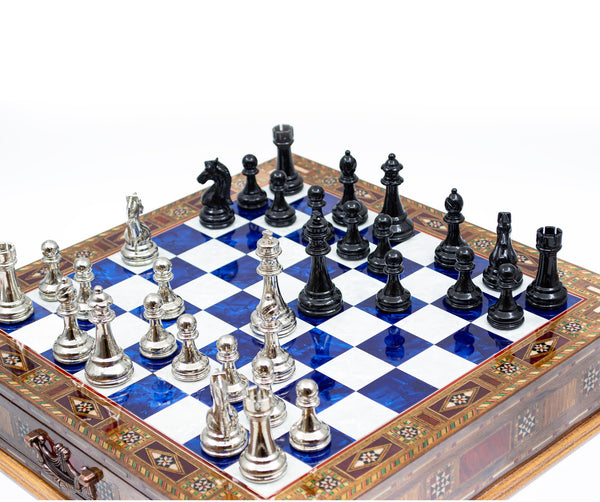
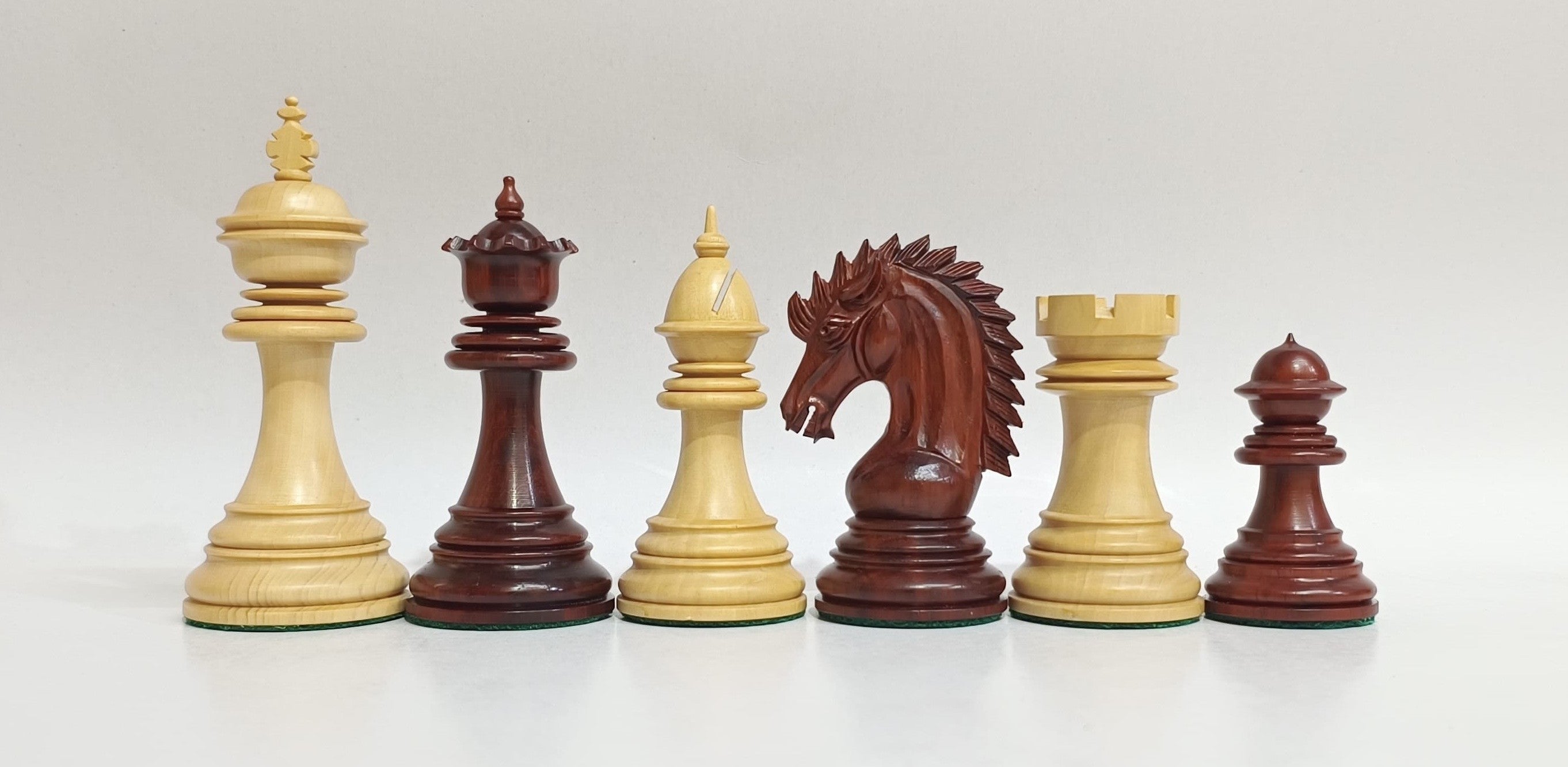
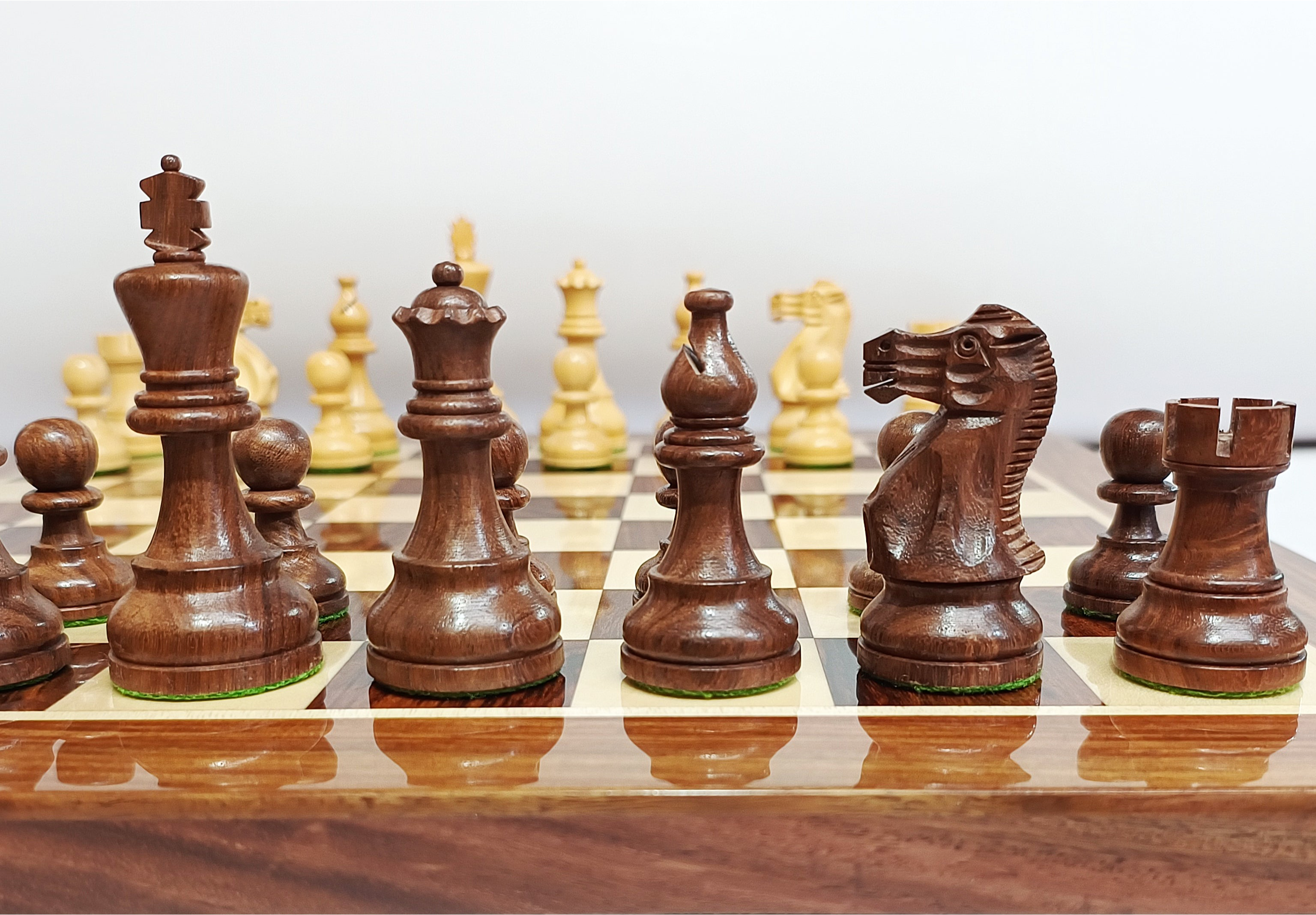
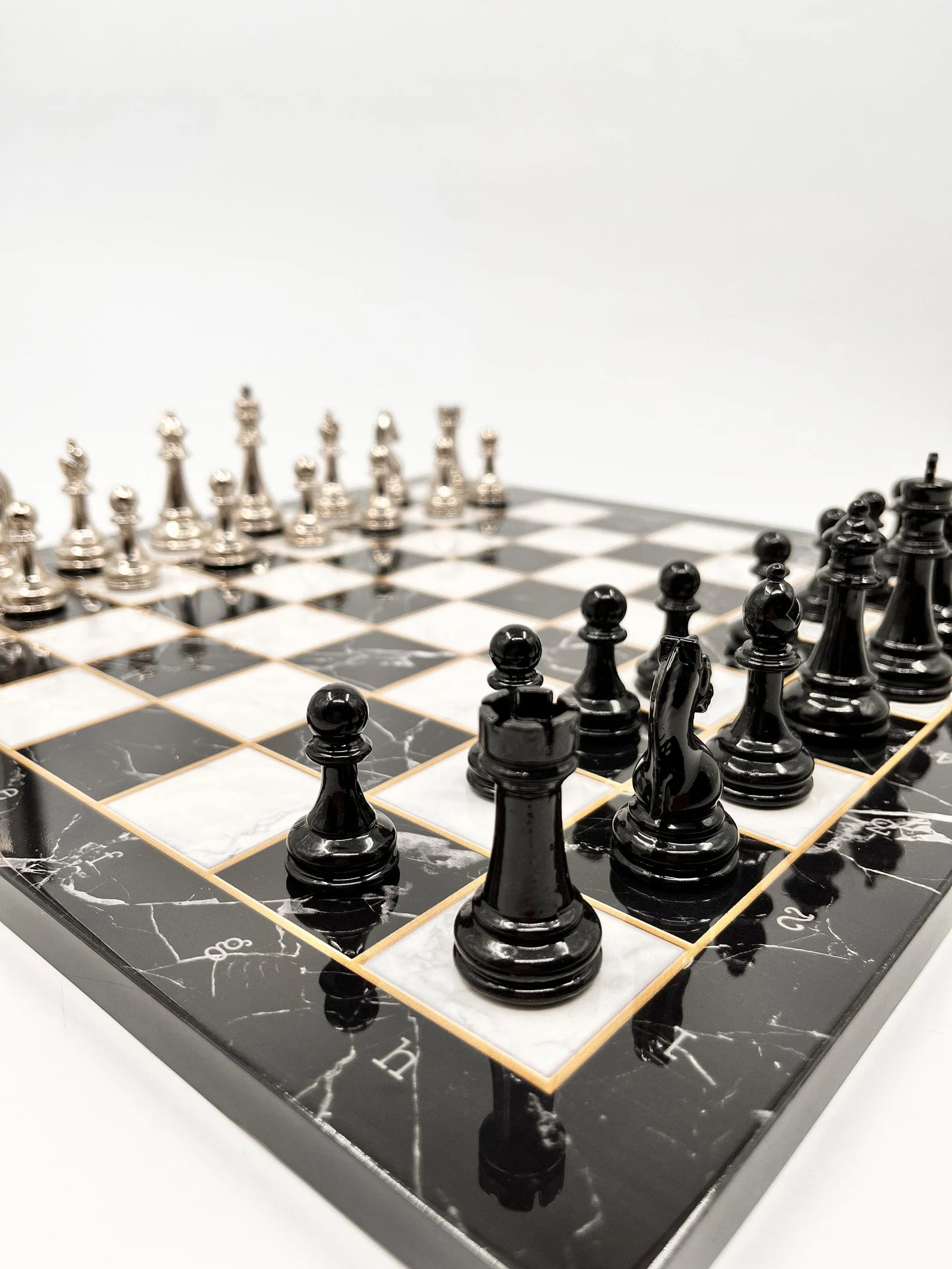
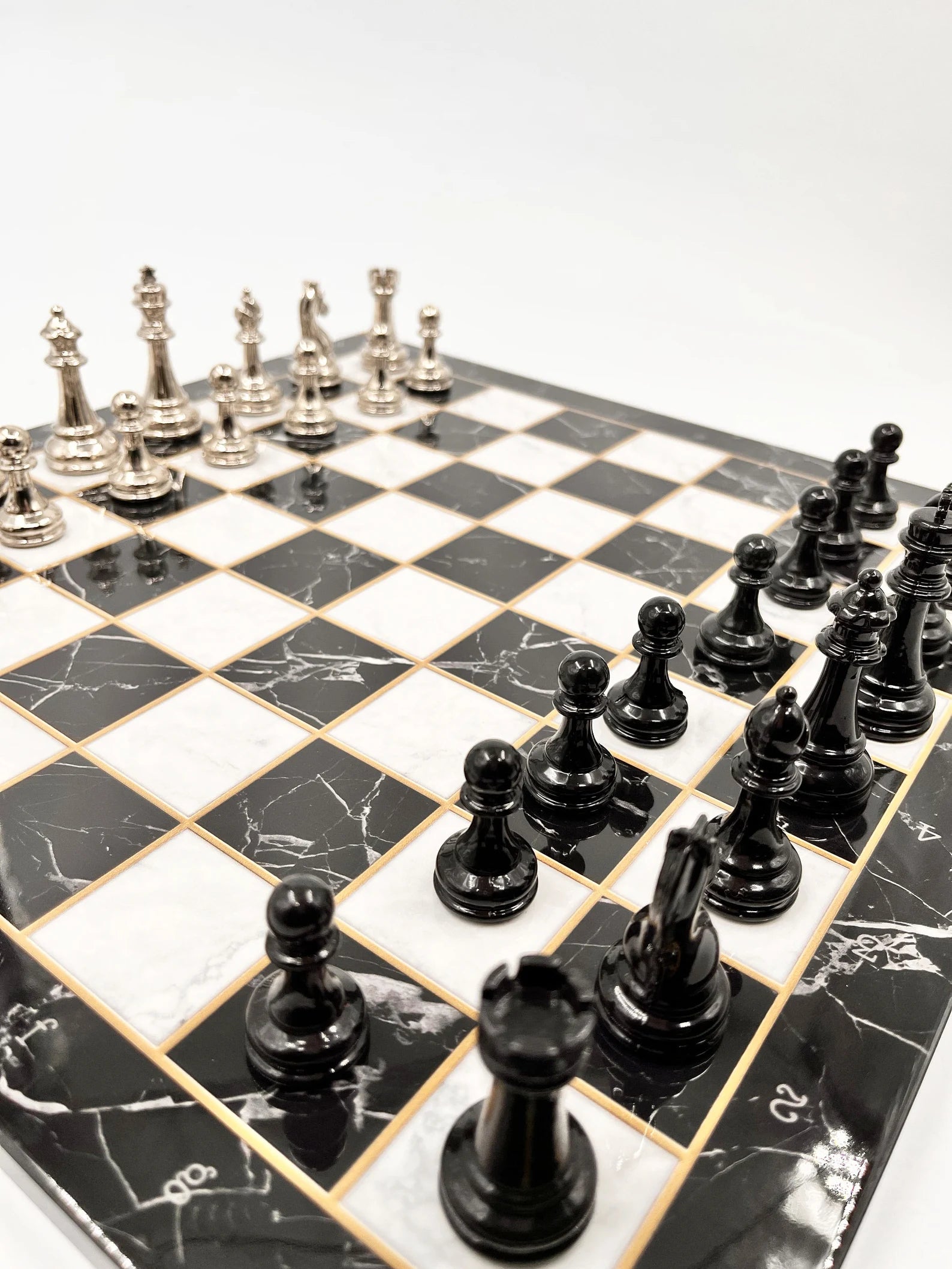
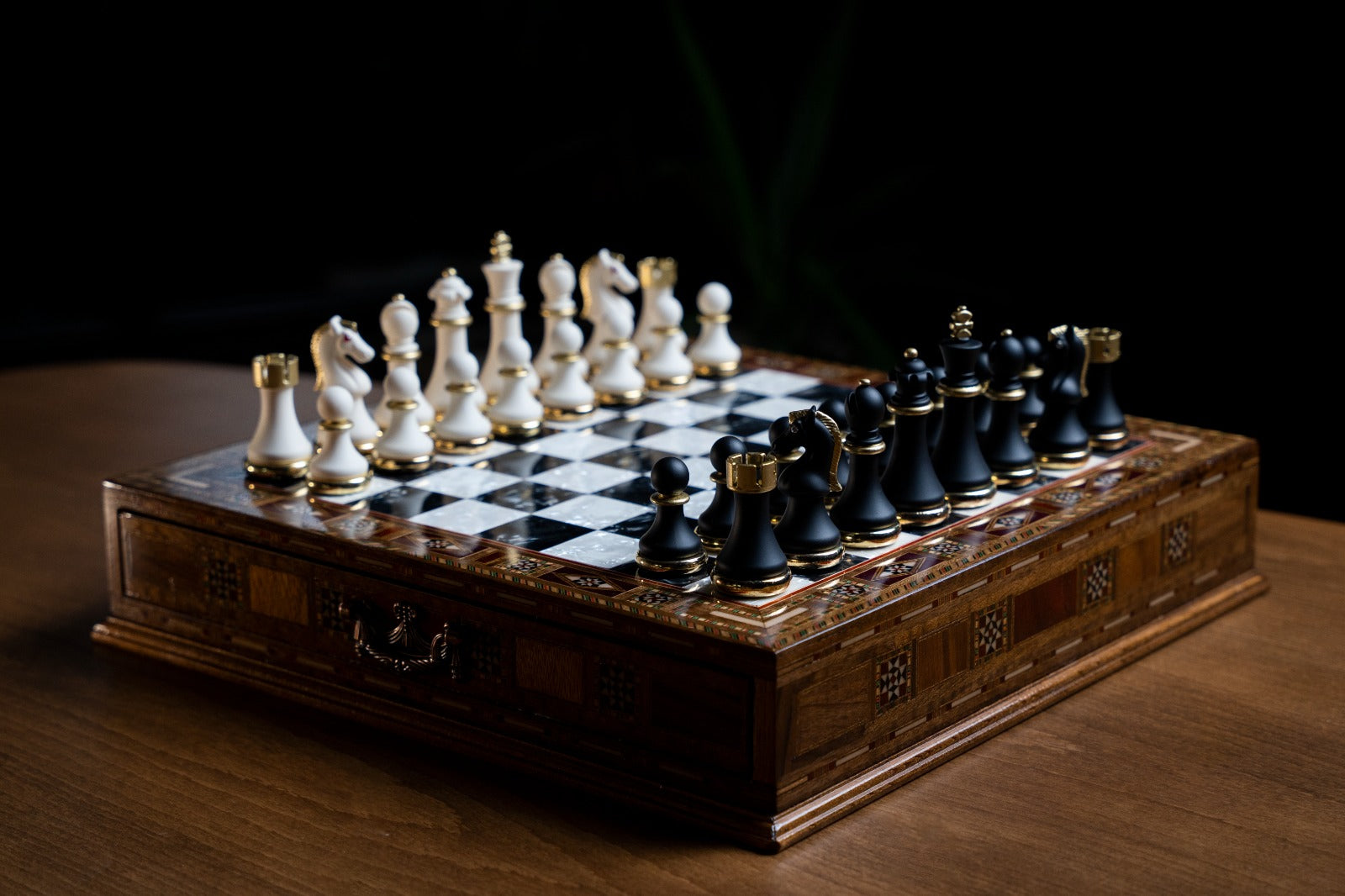
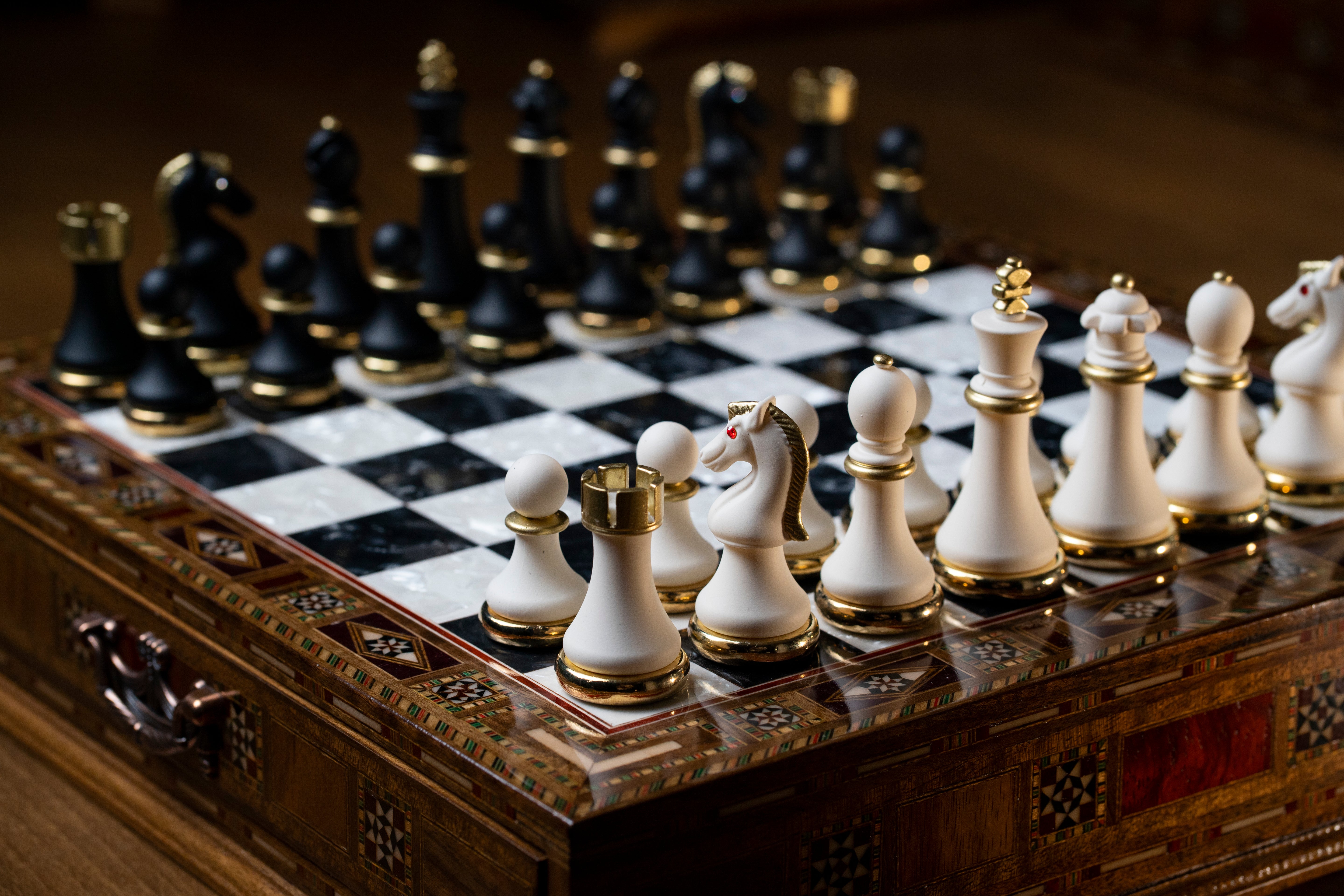
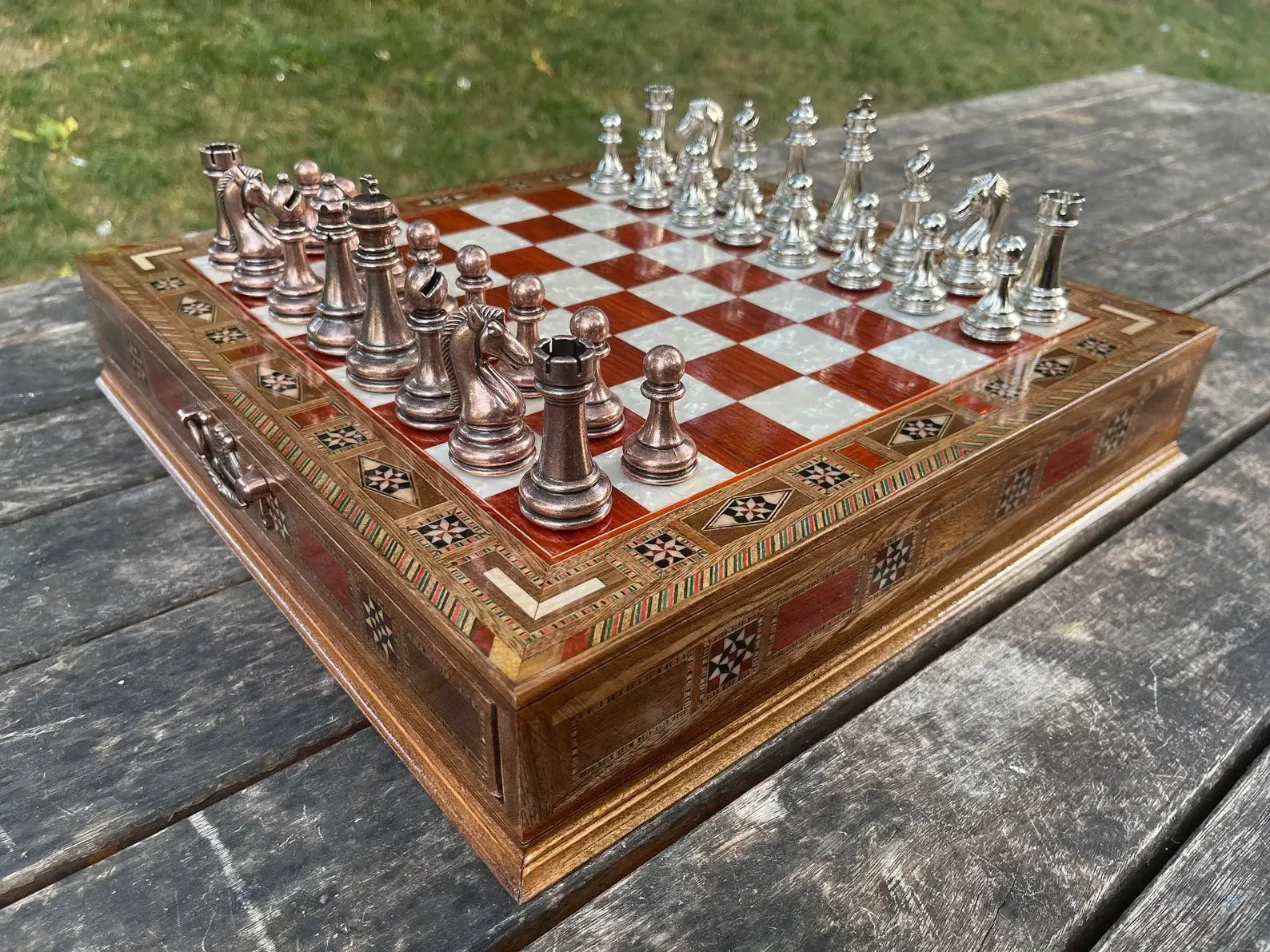
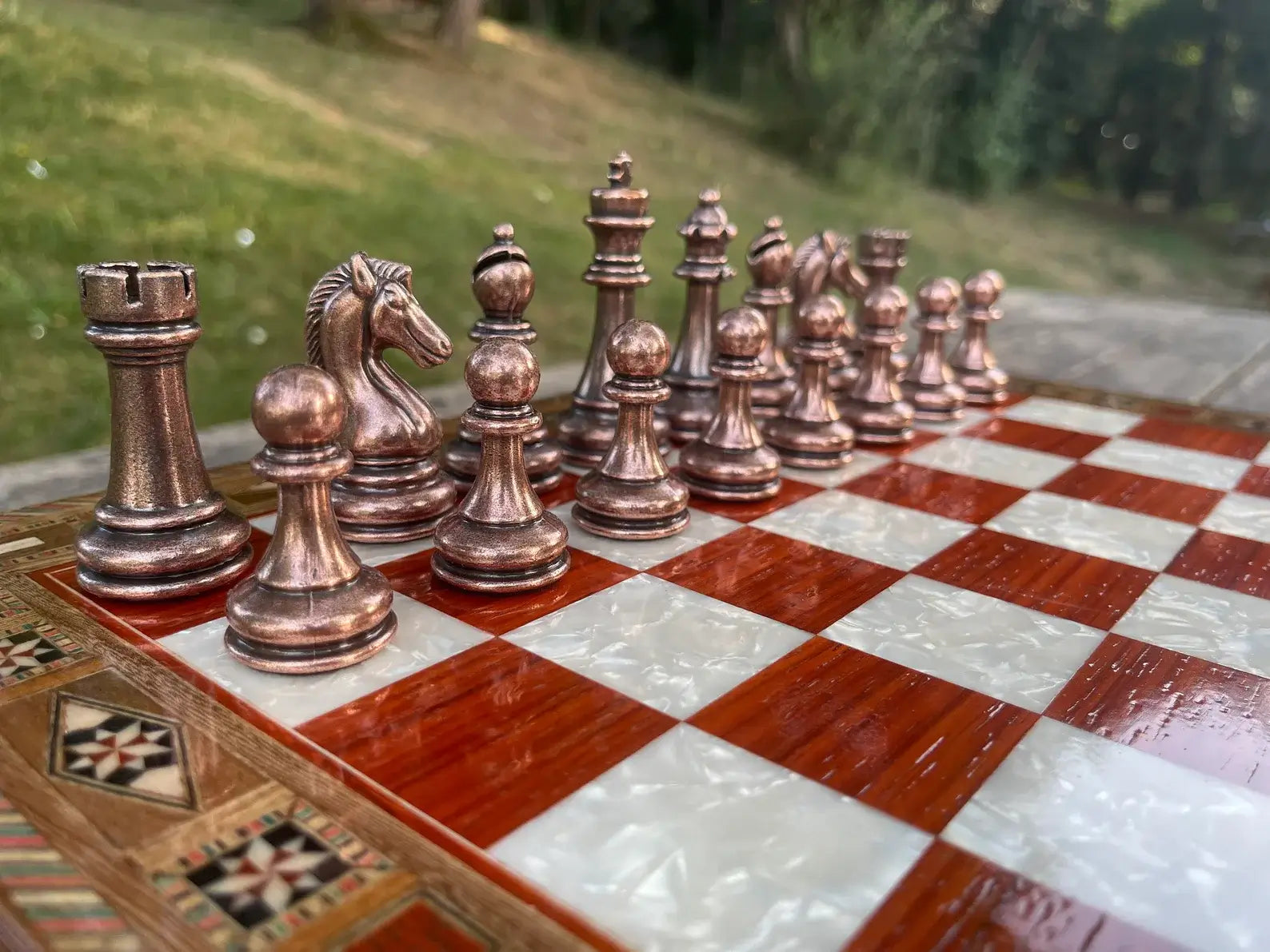
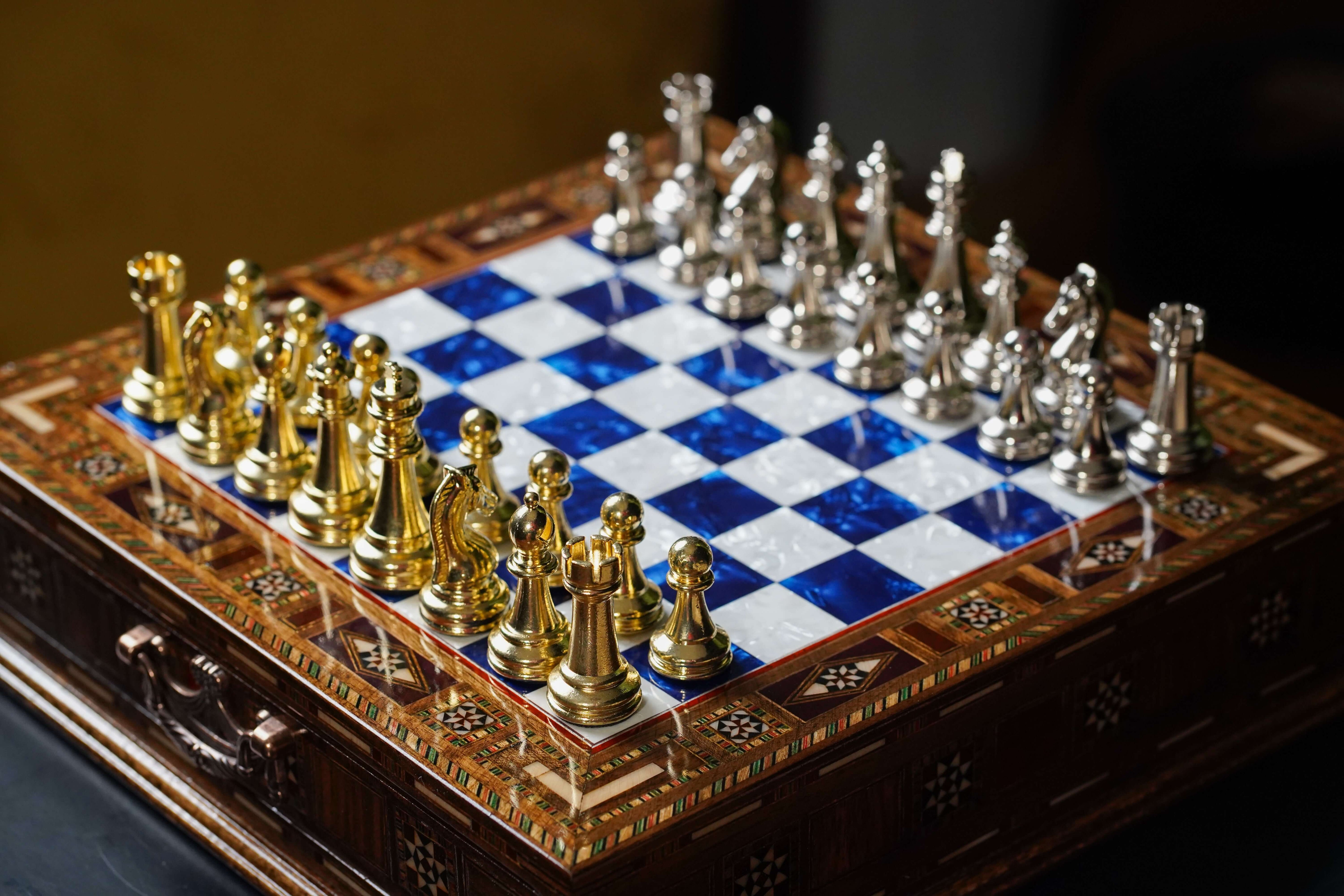
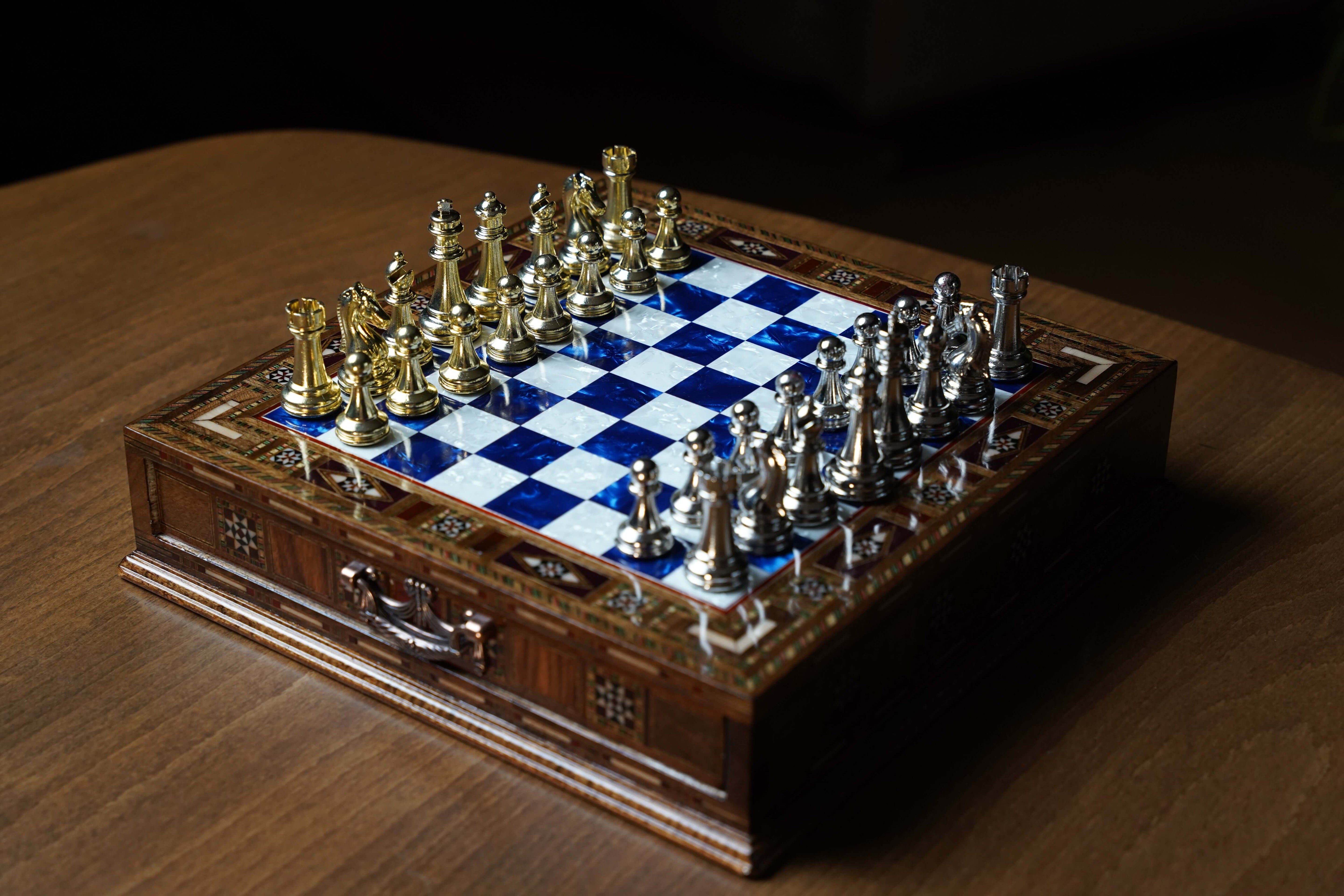
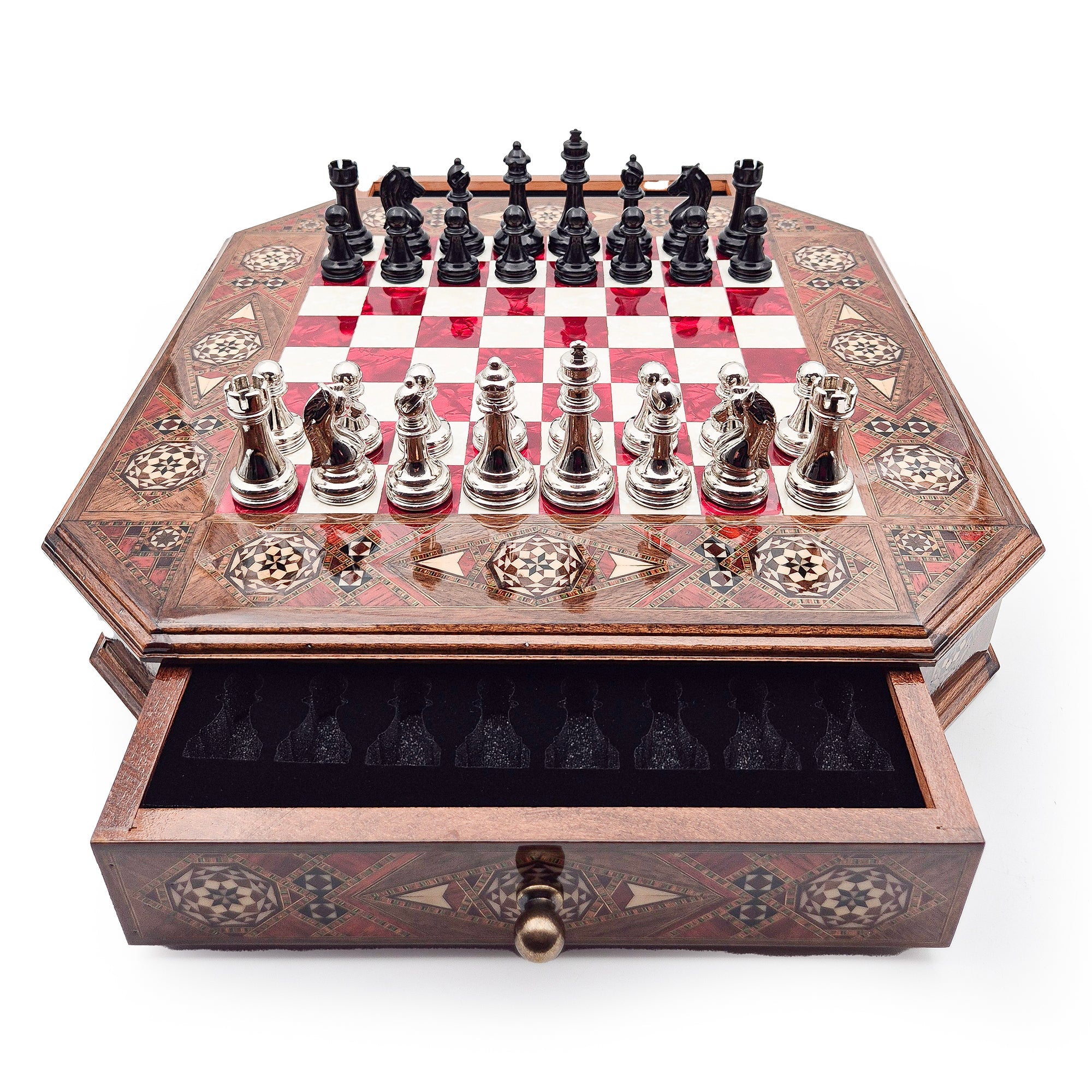
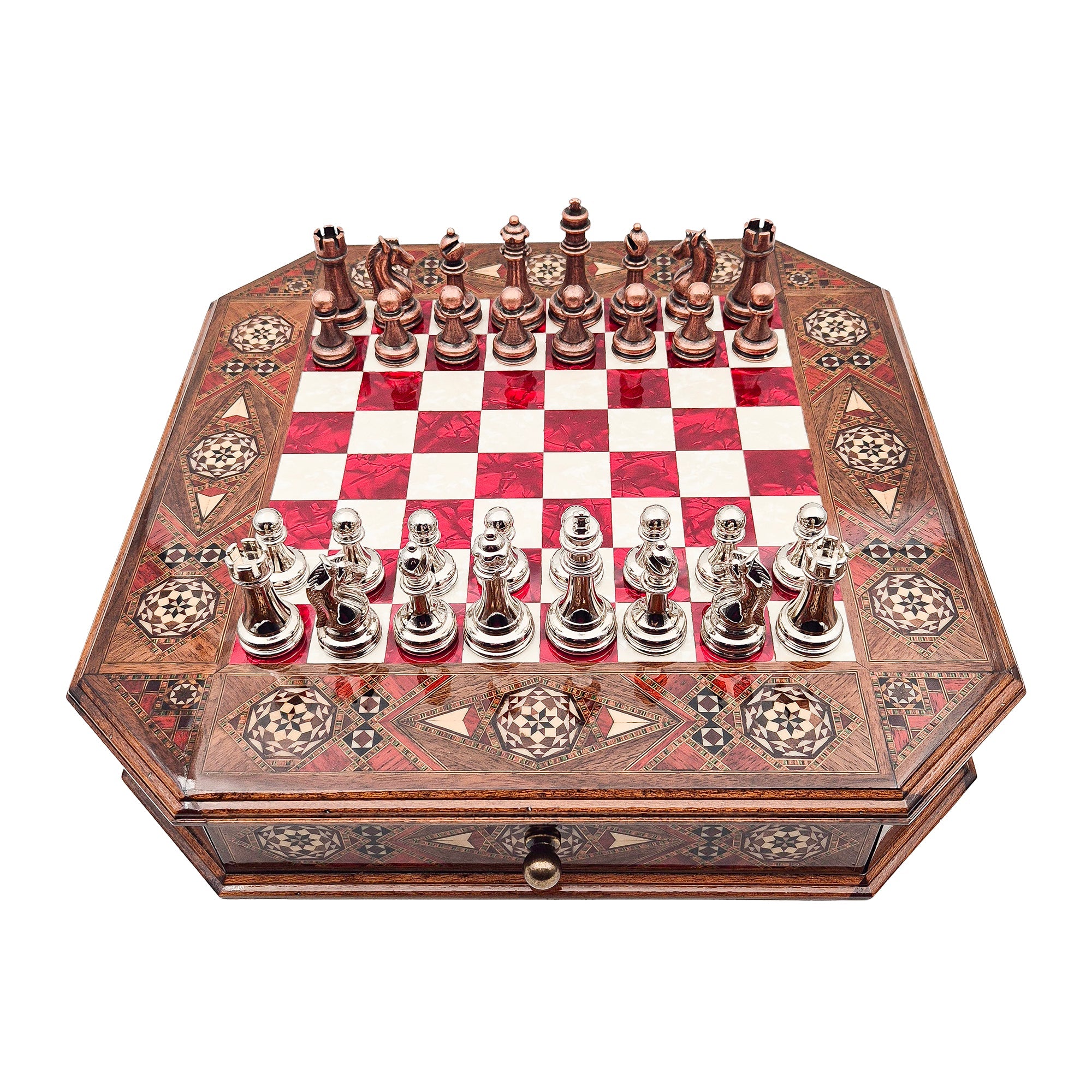
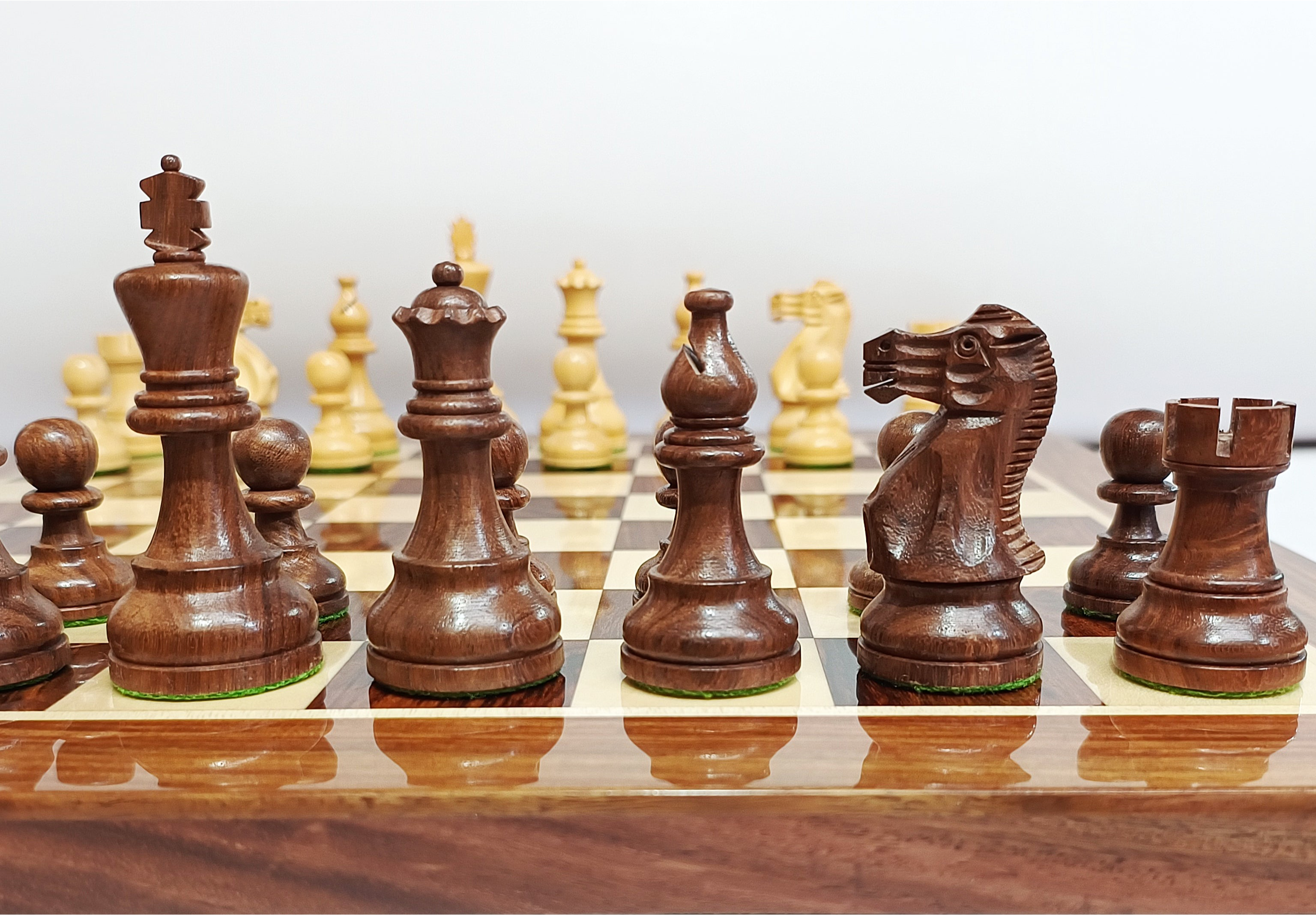
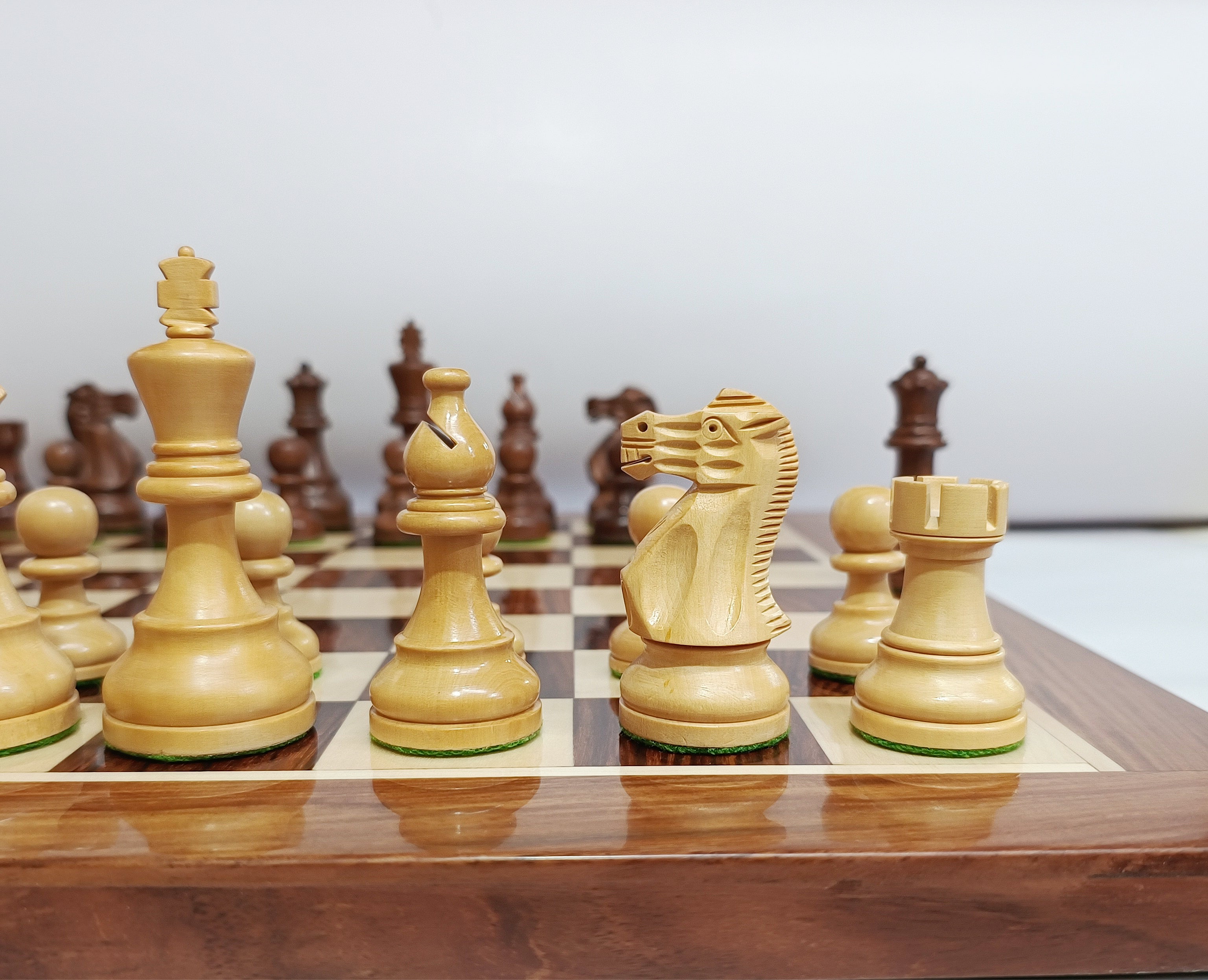
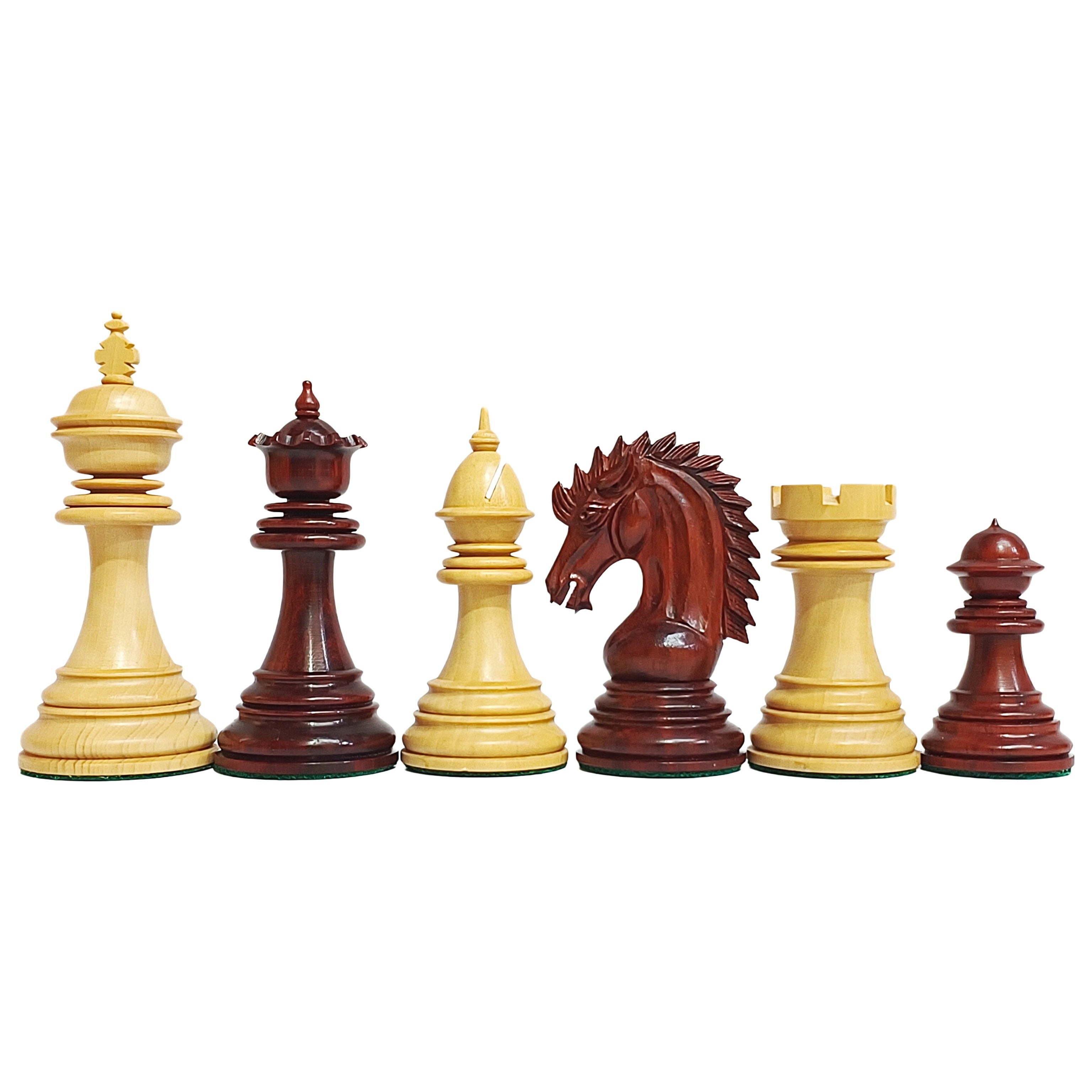
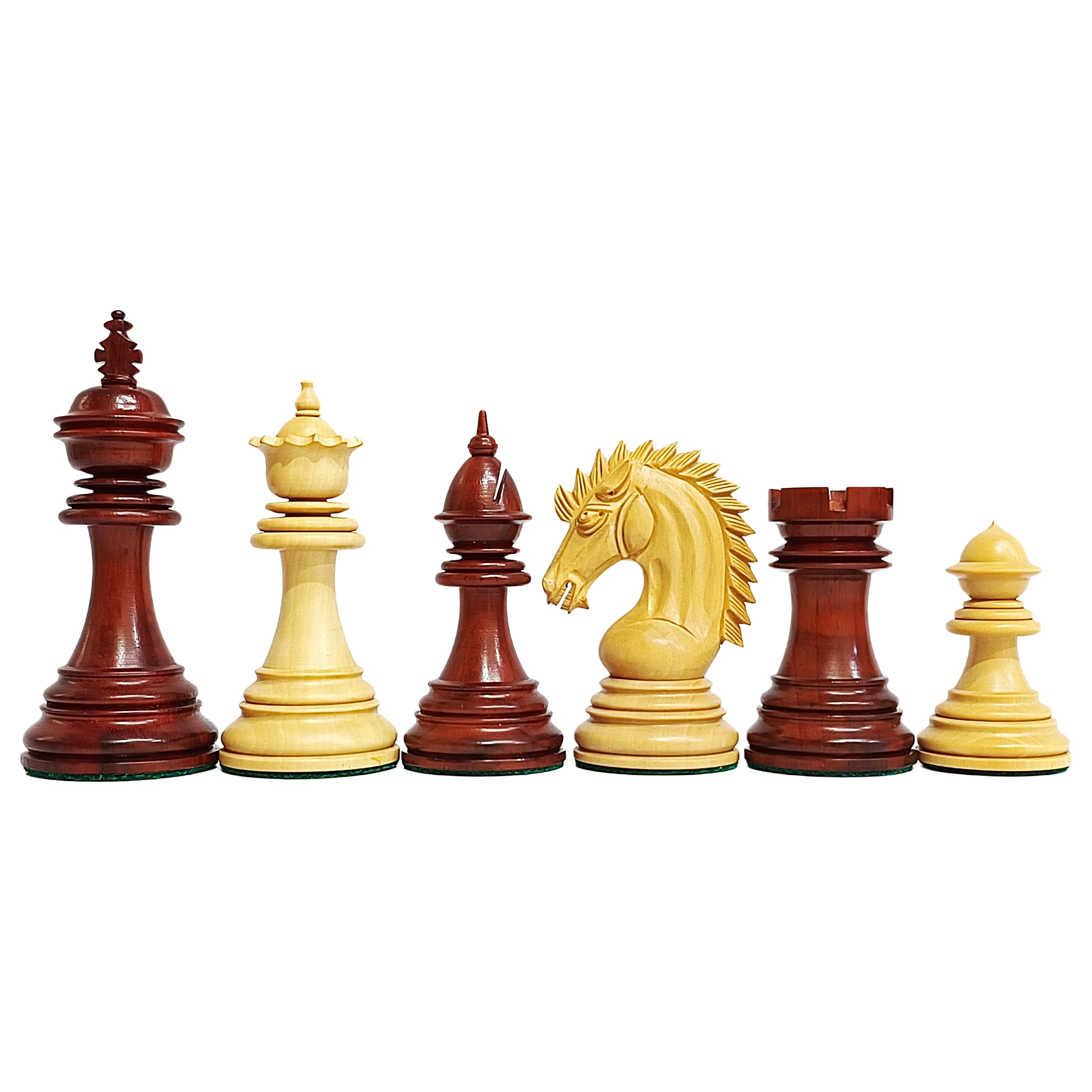

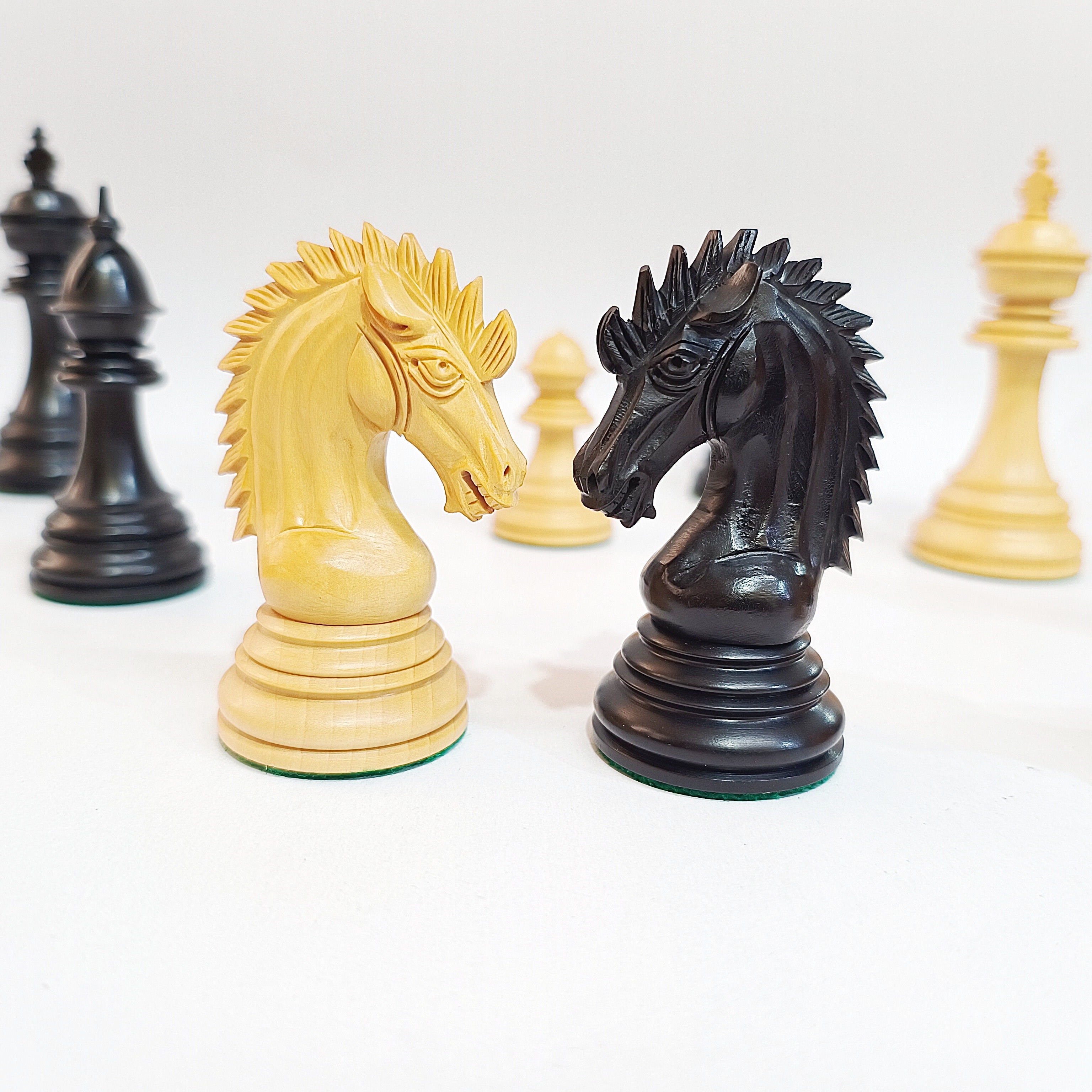
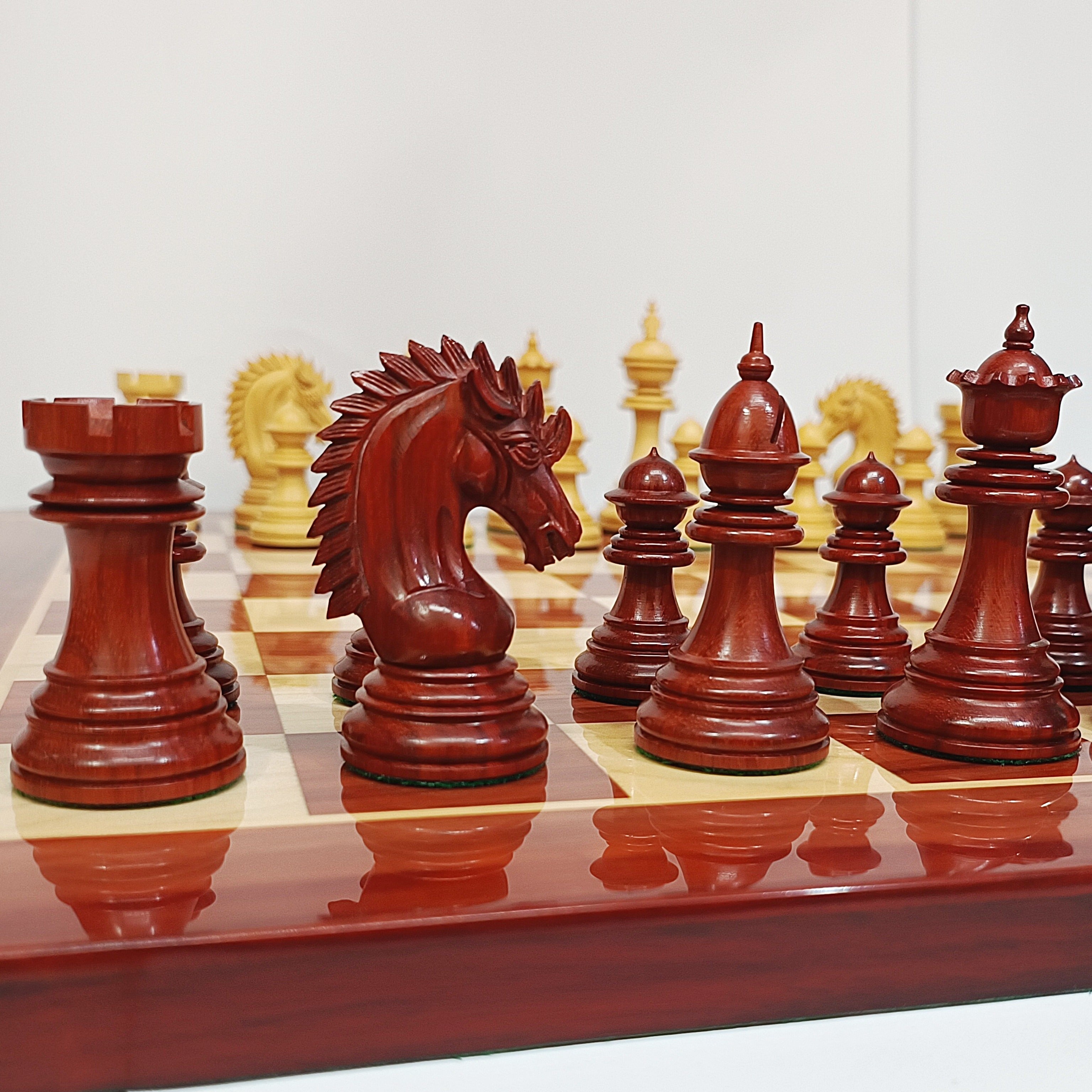
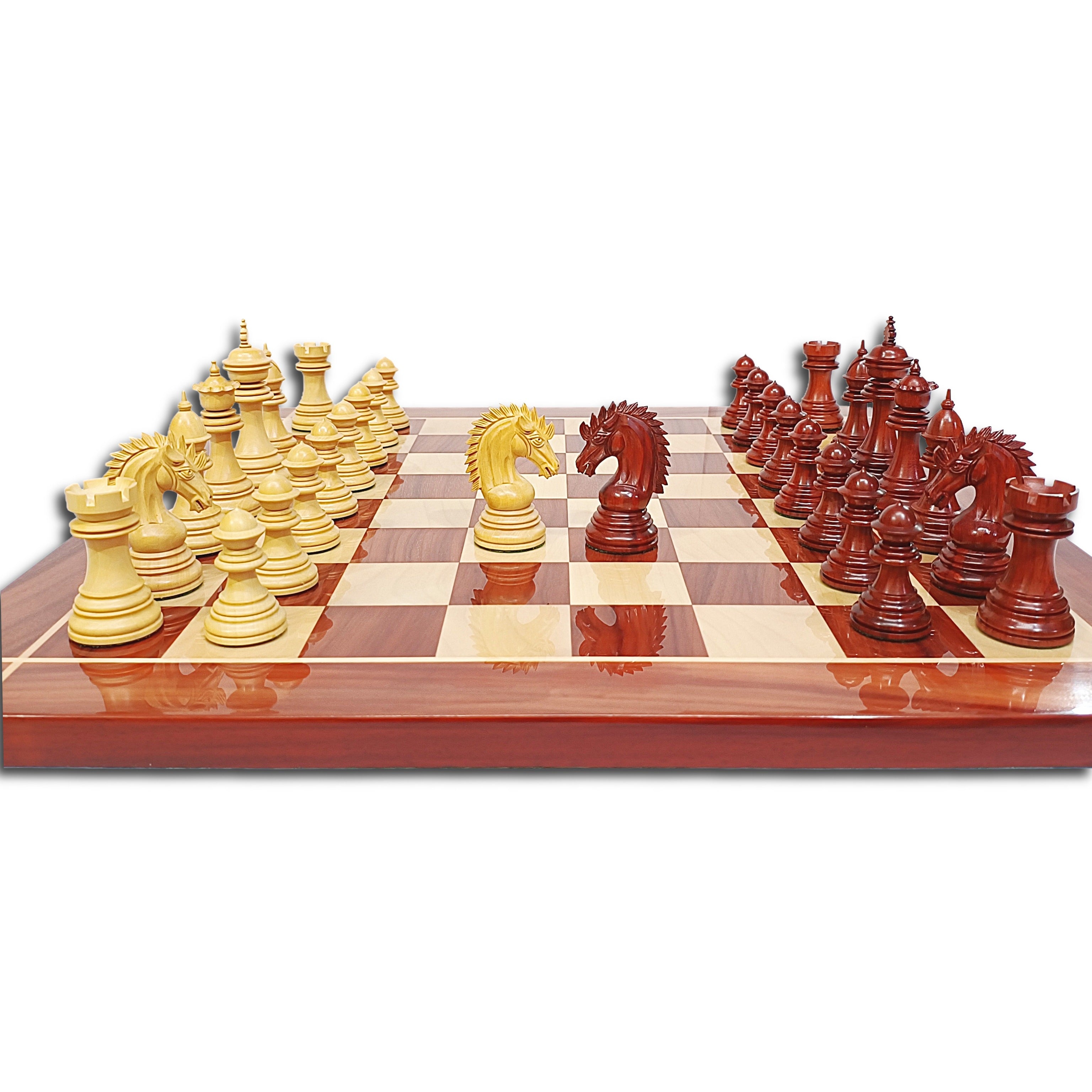
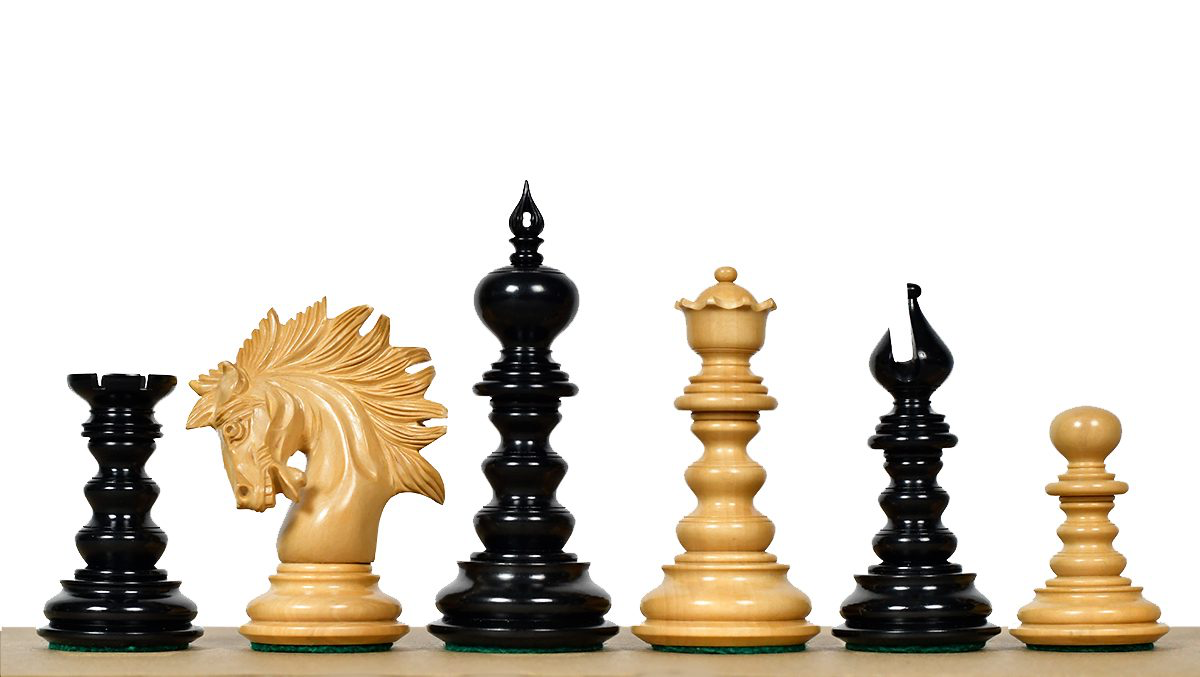
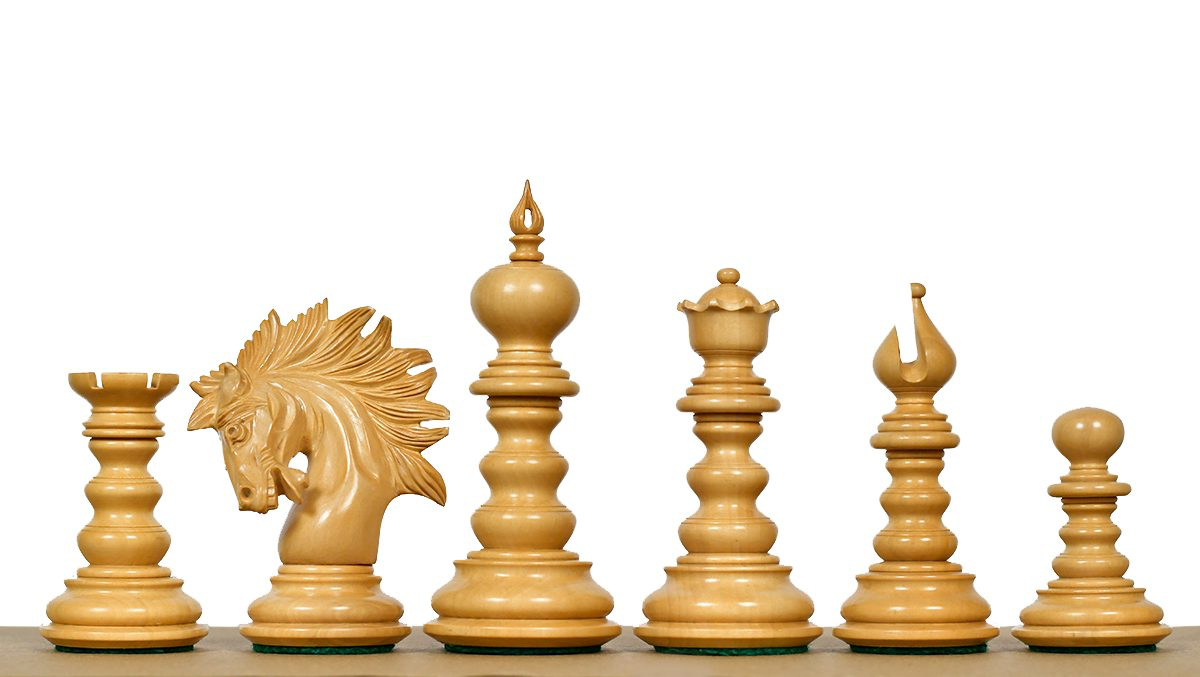
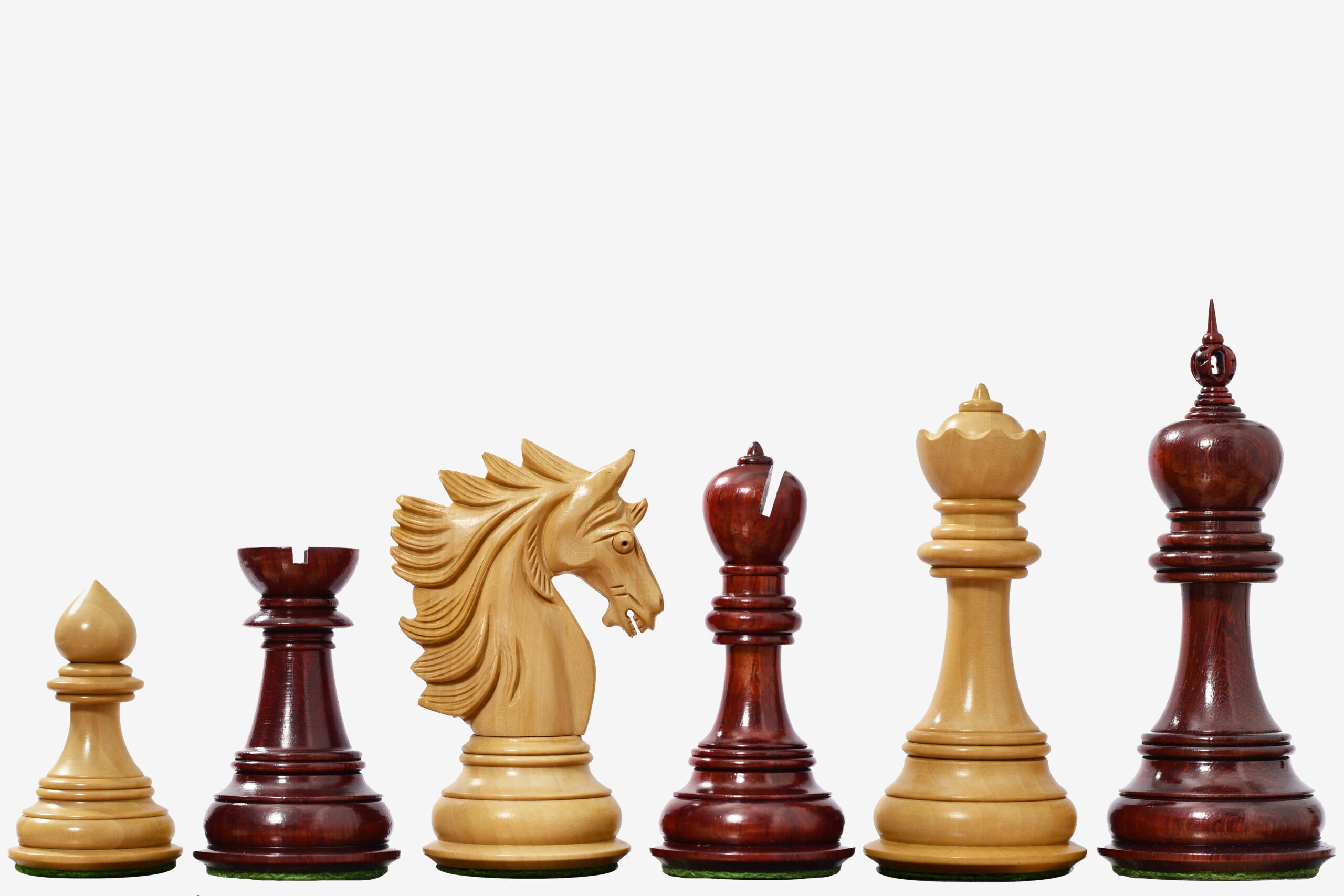
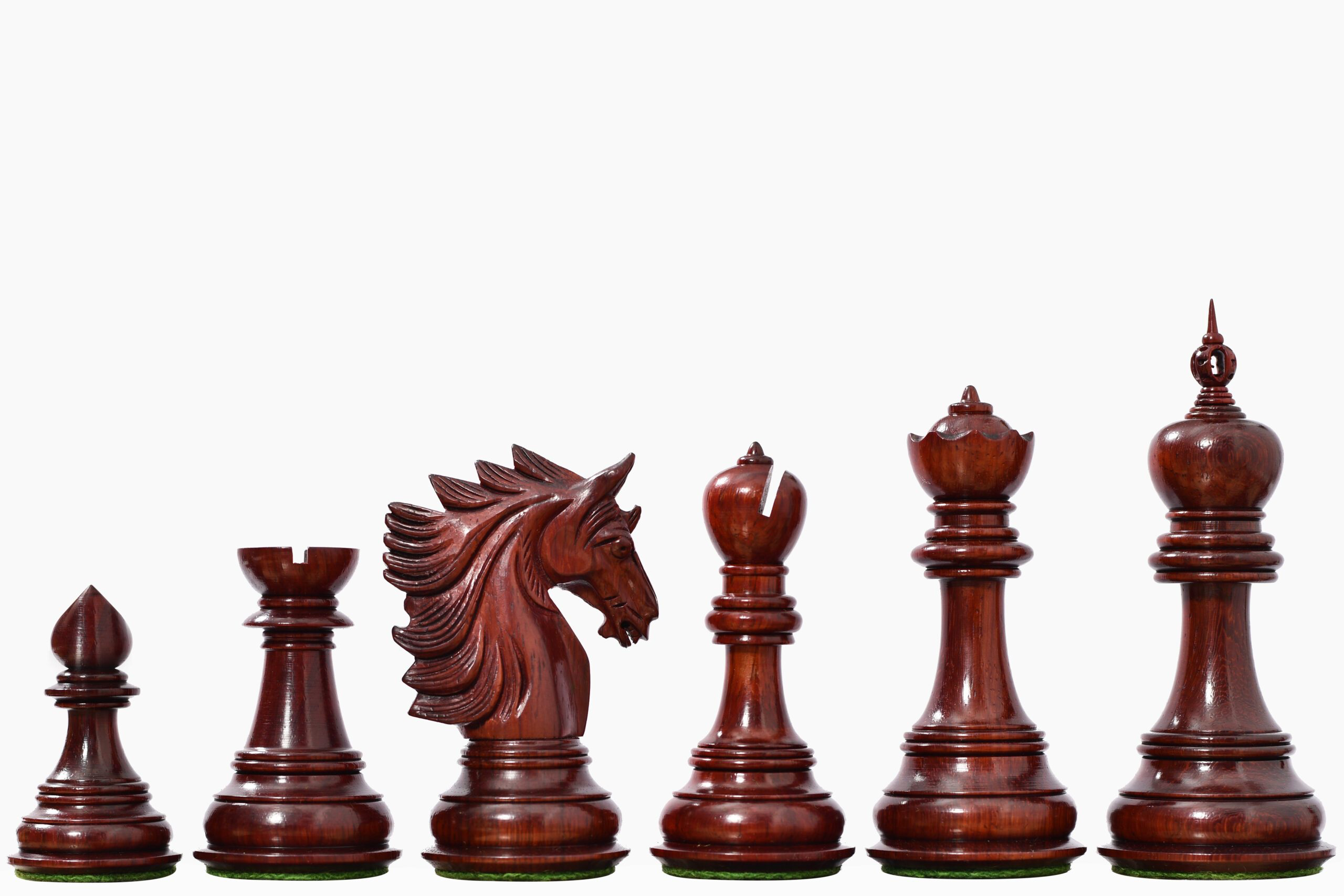
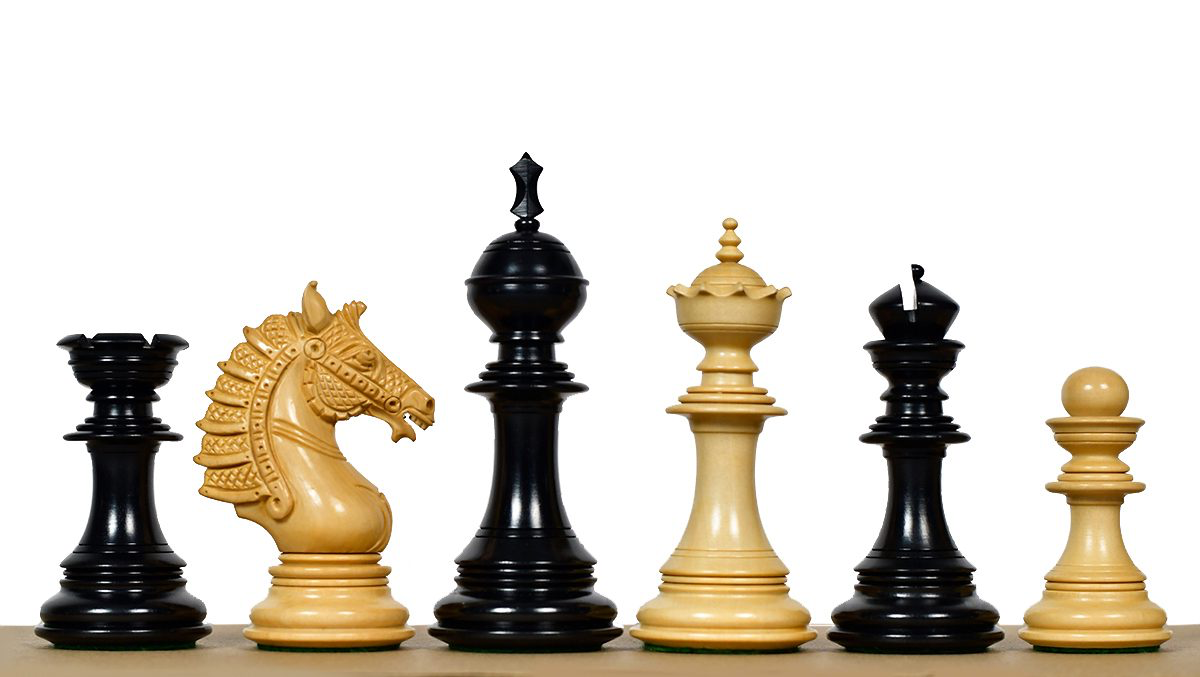
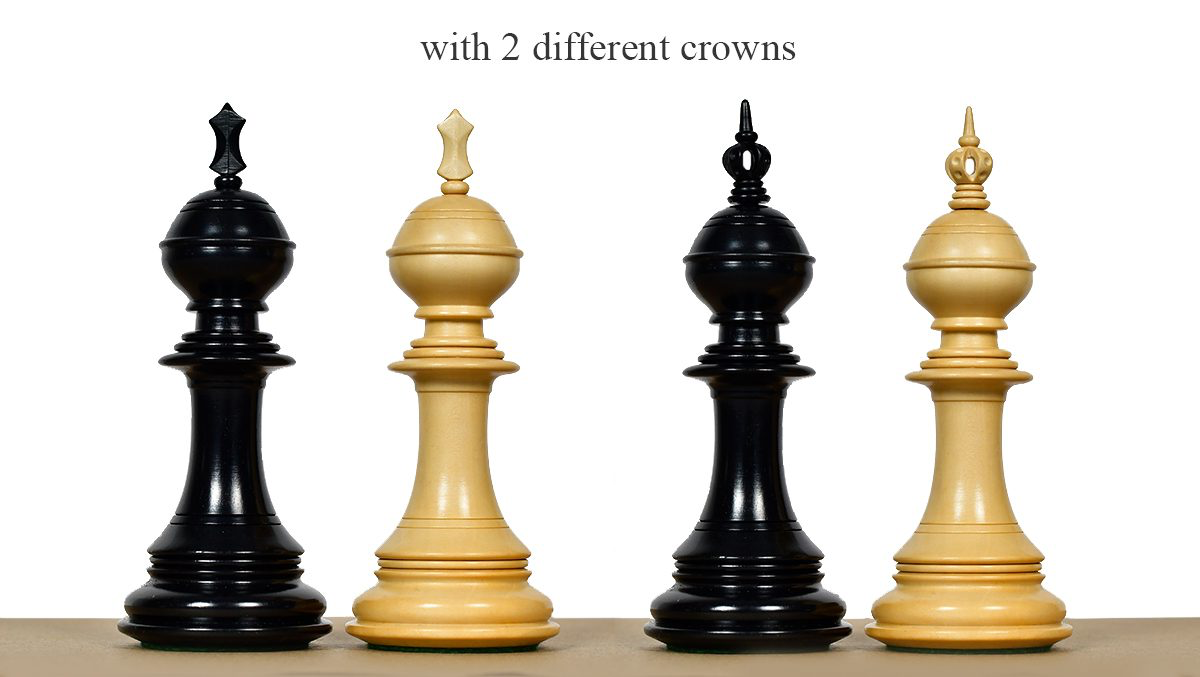

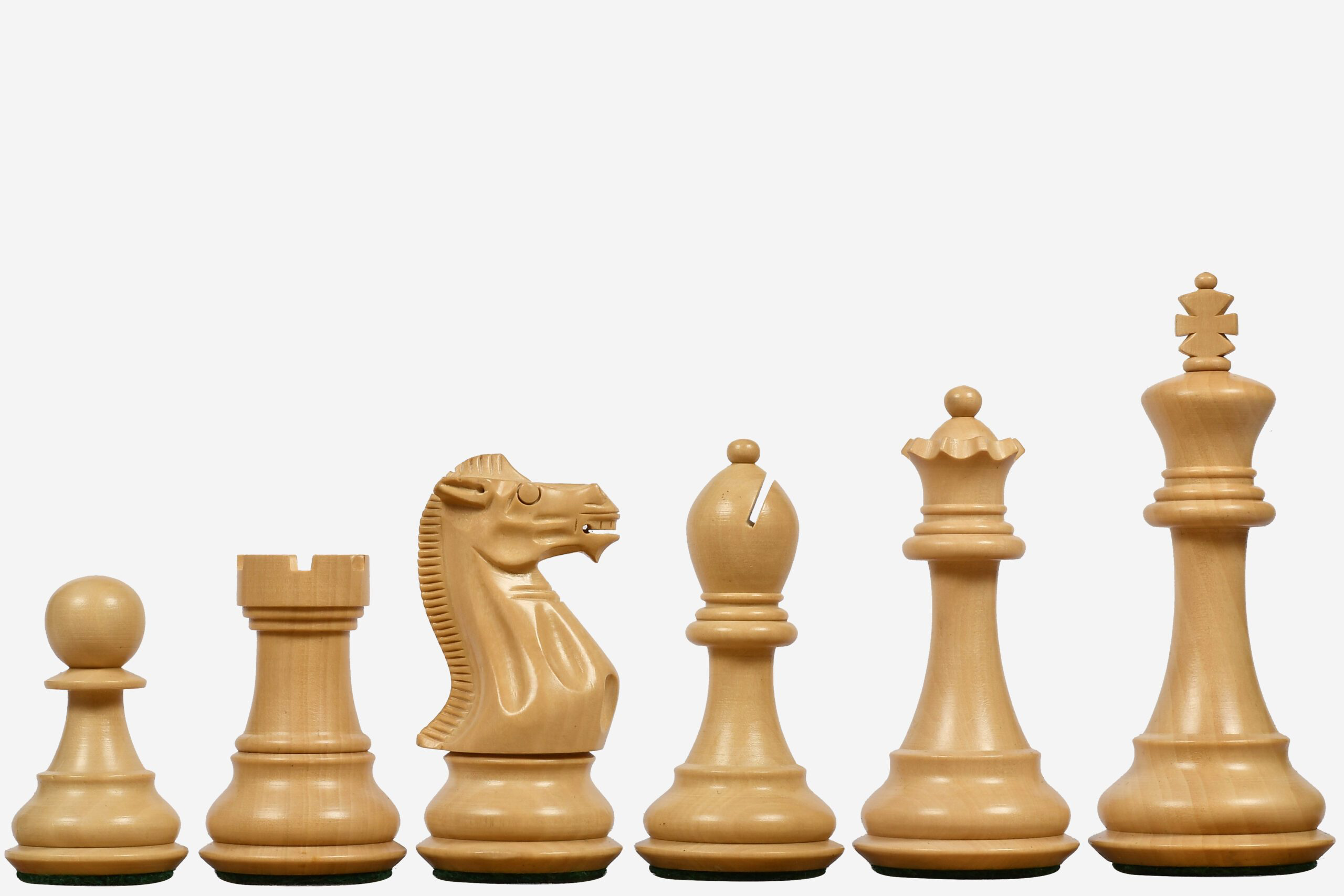
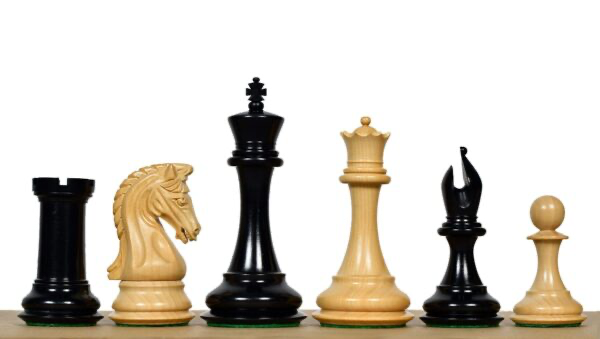
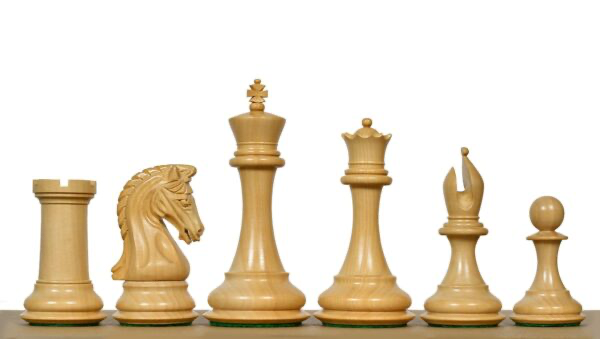
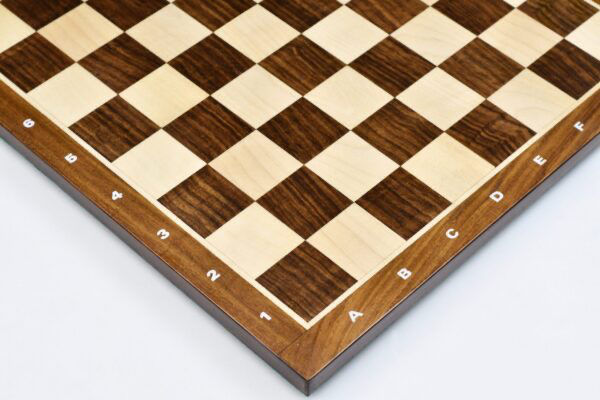
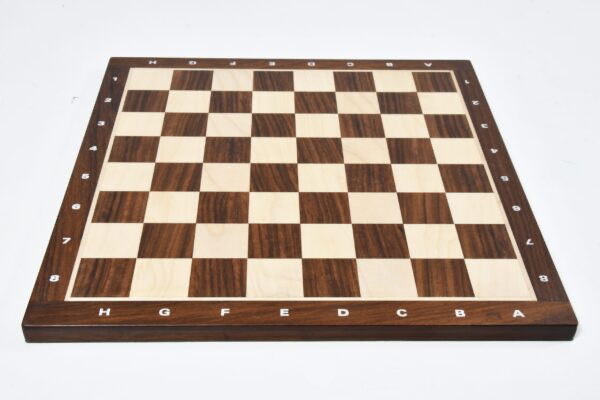
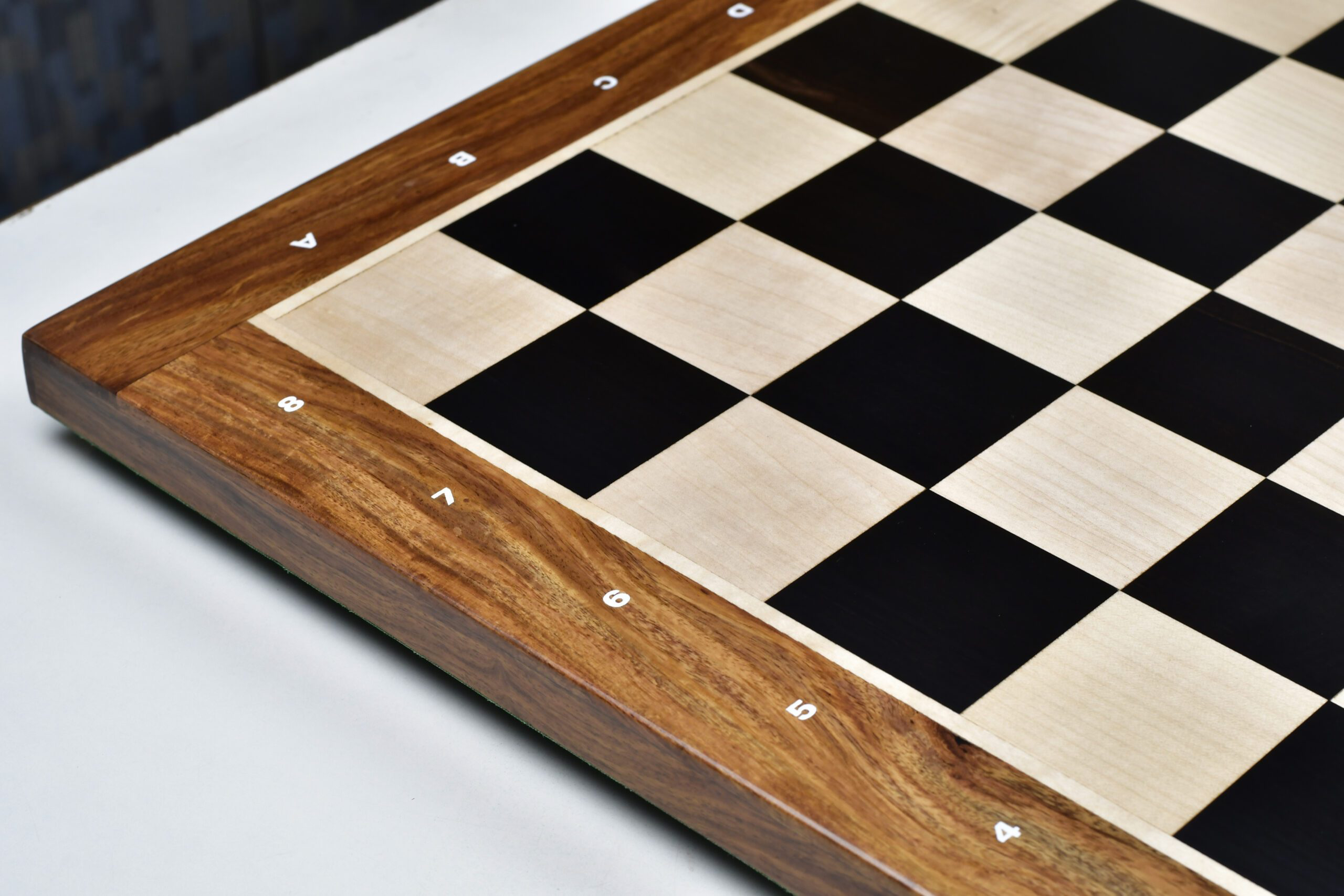
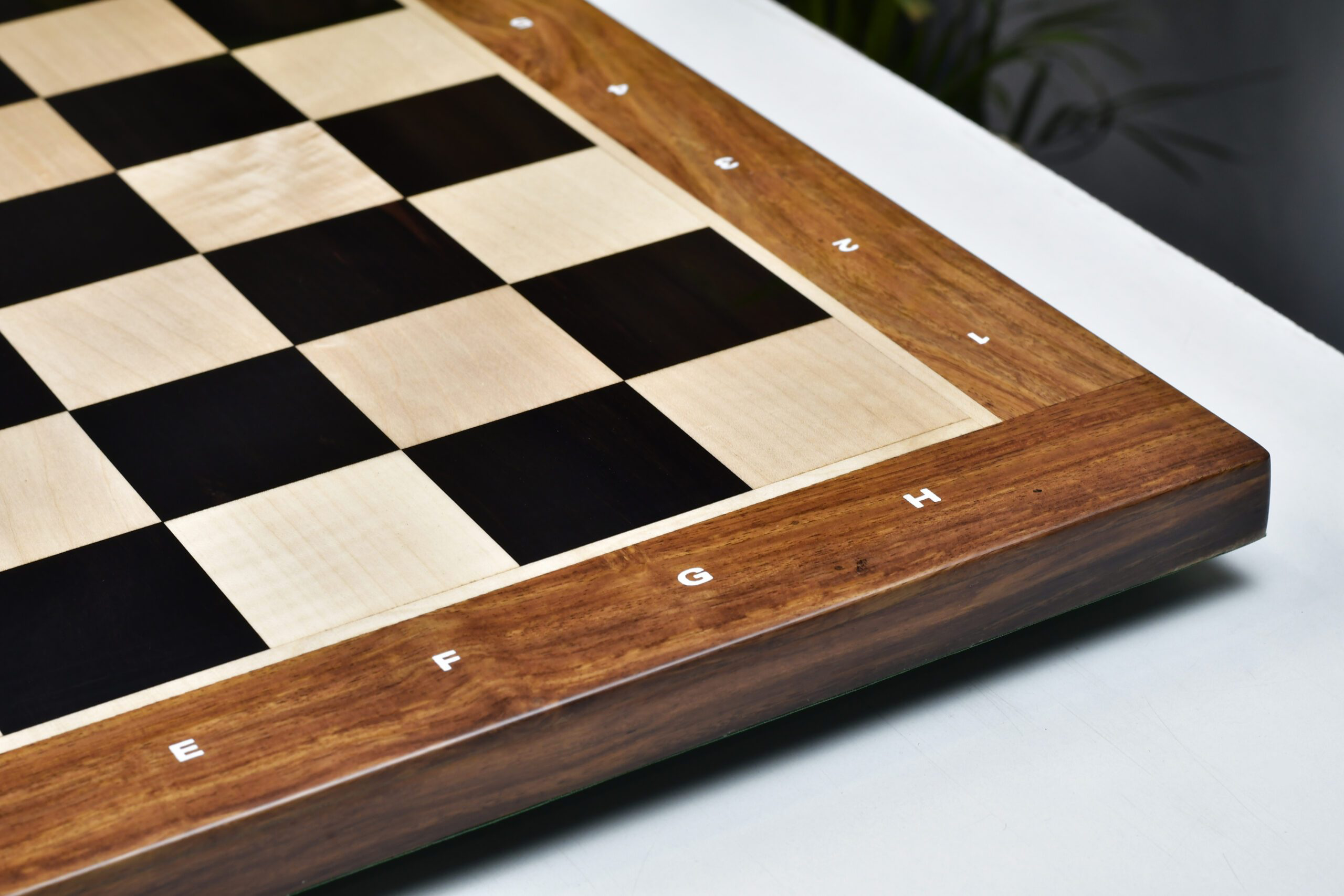


Leave a comment
All comments are moderated before being published.
This site is protected by hCaptcha and the hCaptcha Privacy Policy and Terms of Service apply.